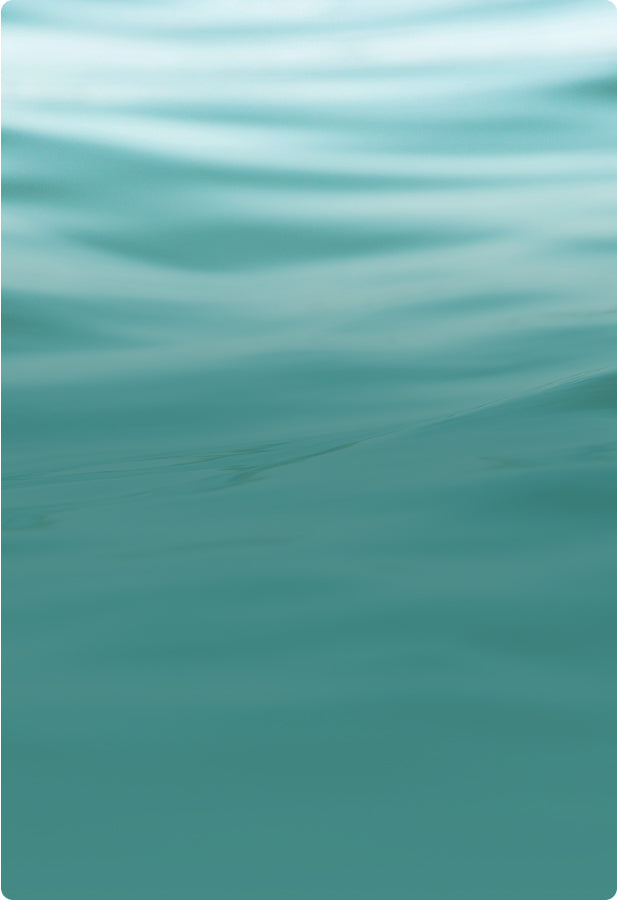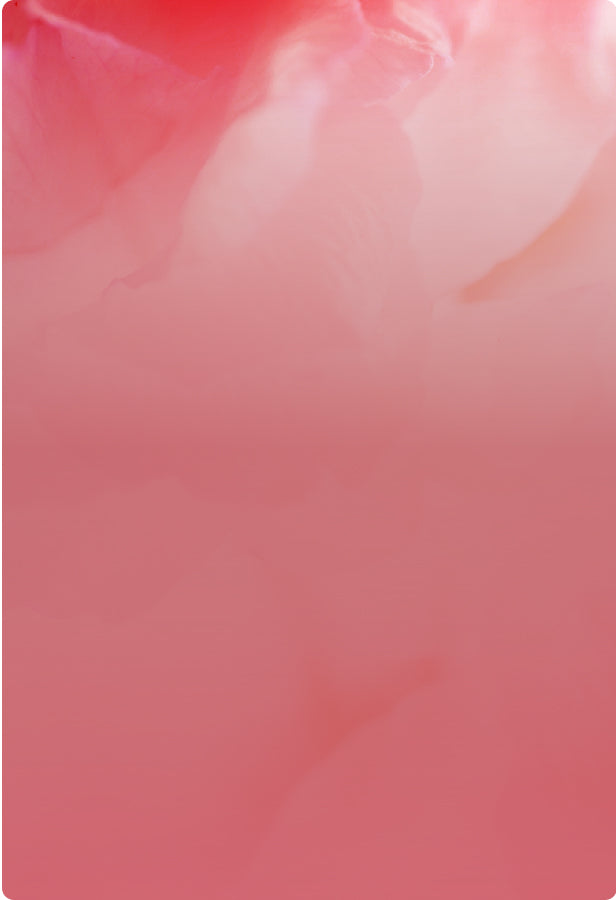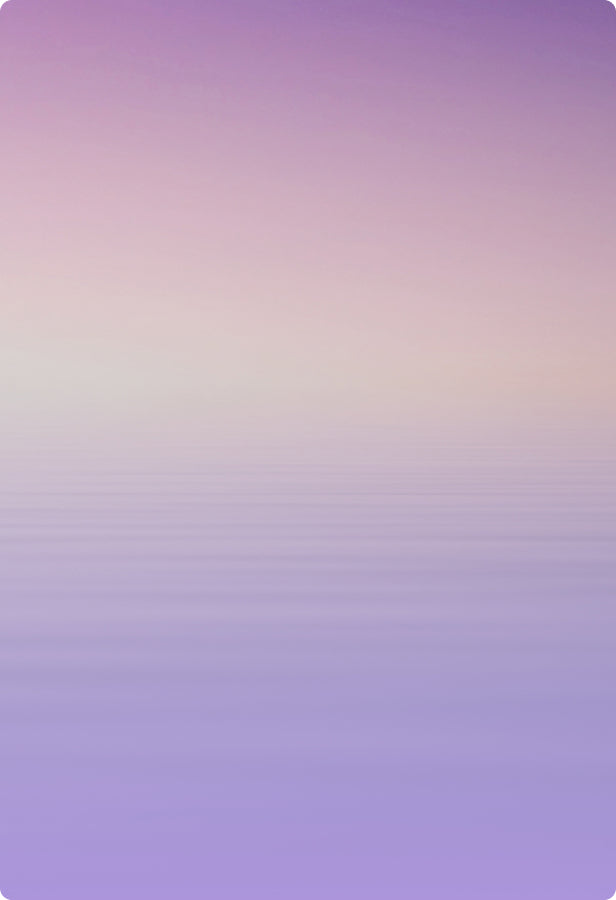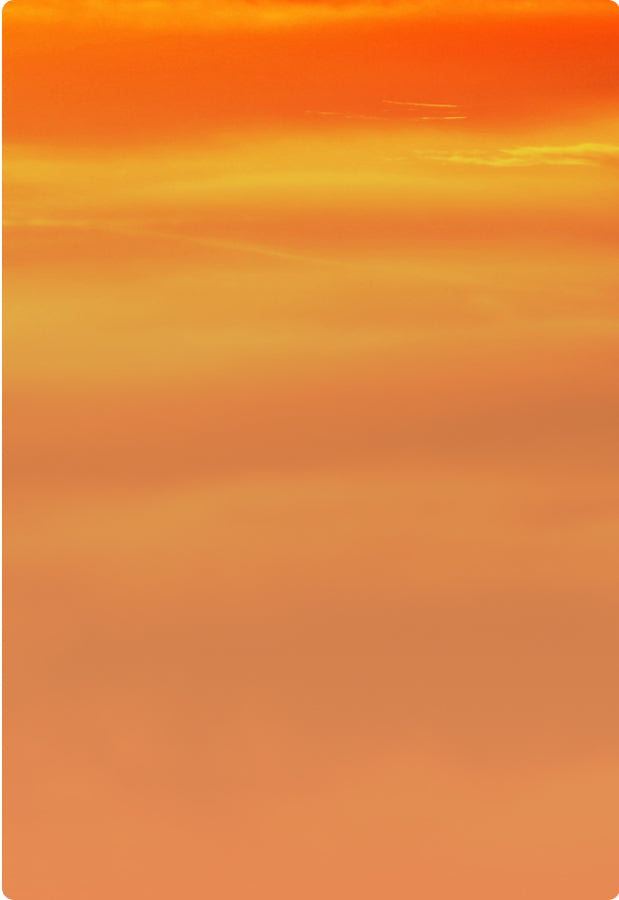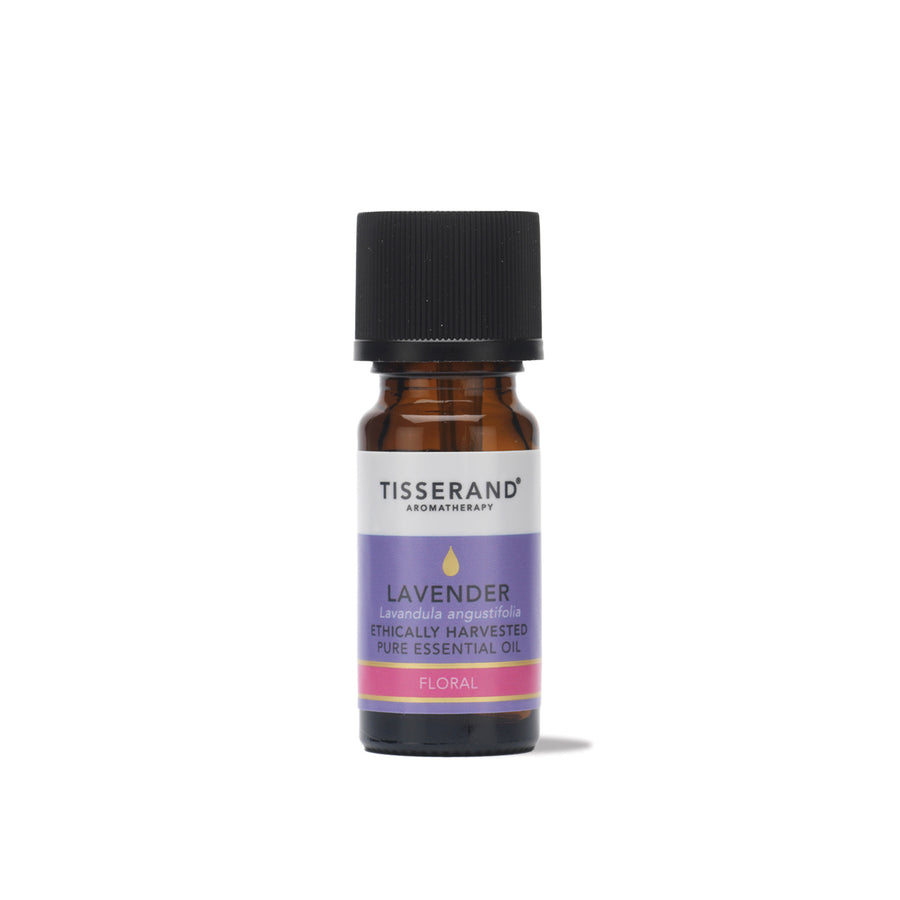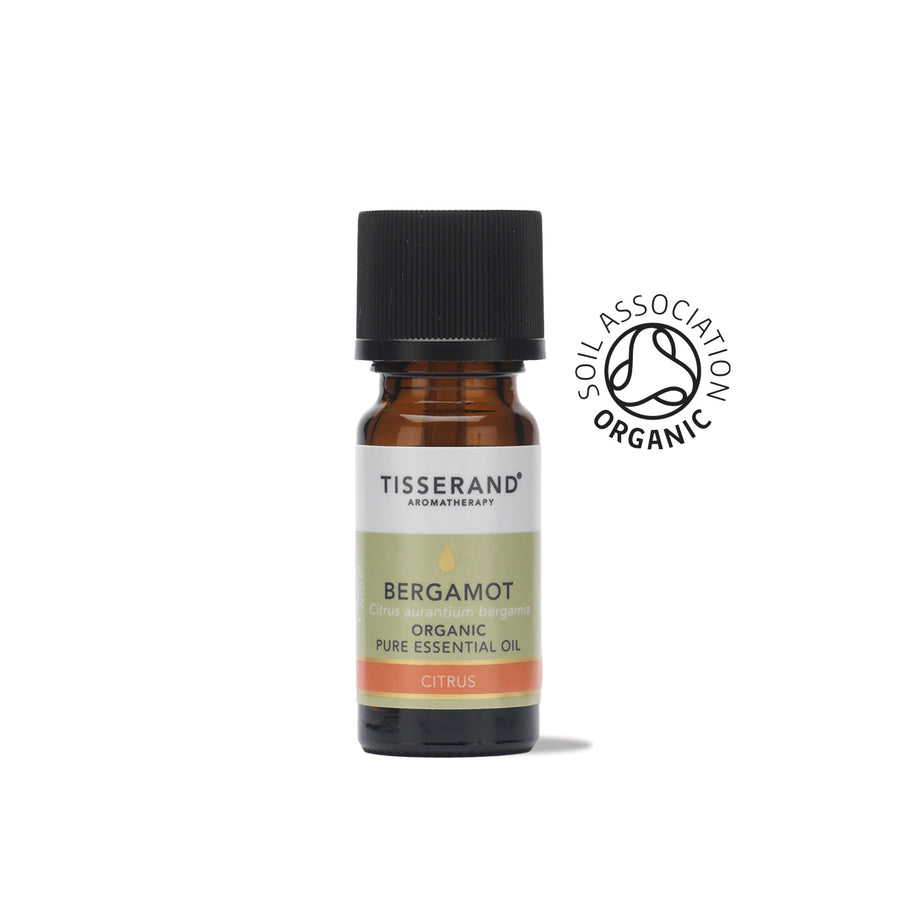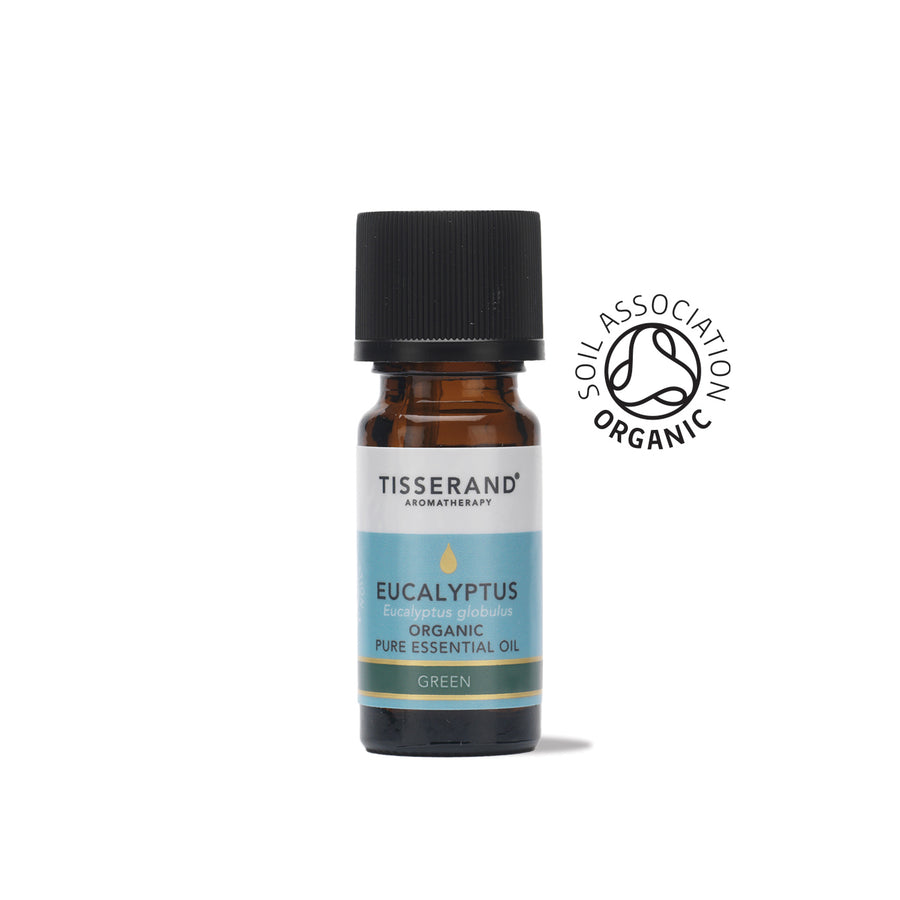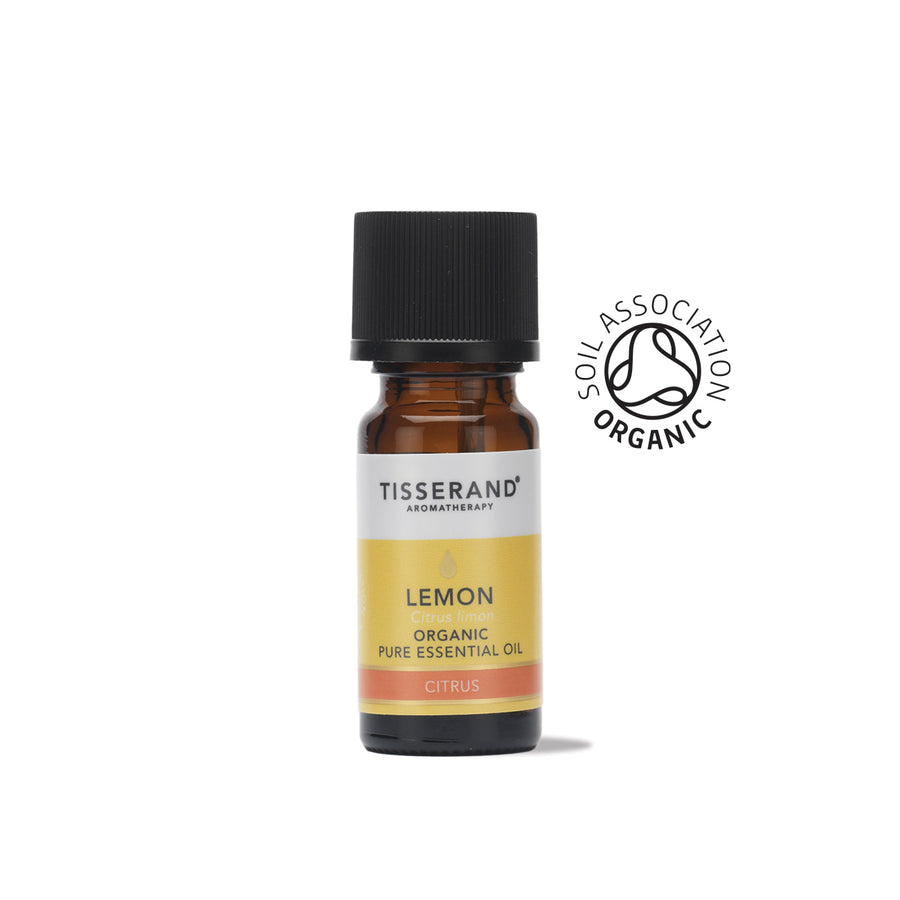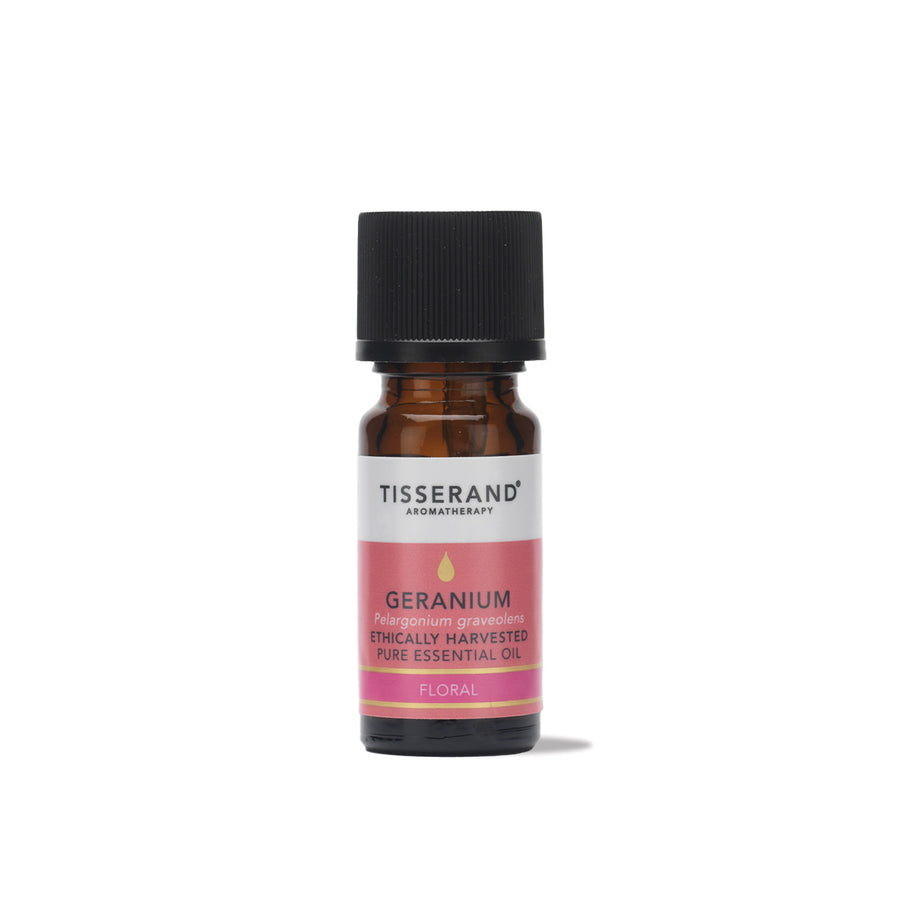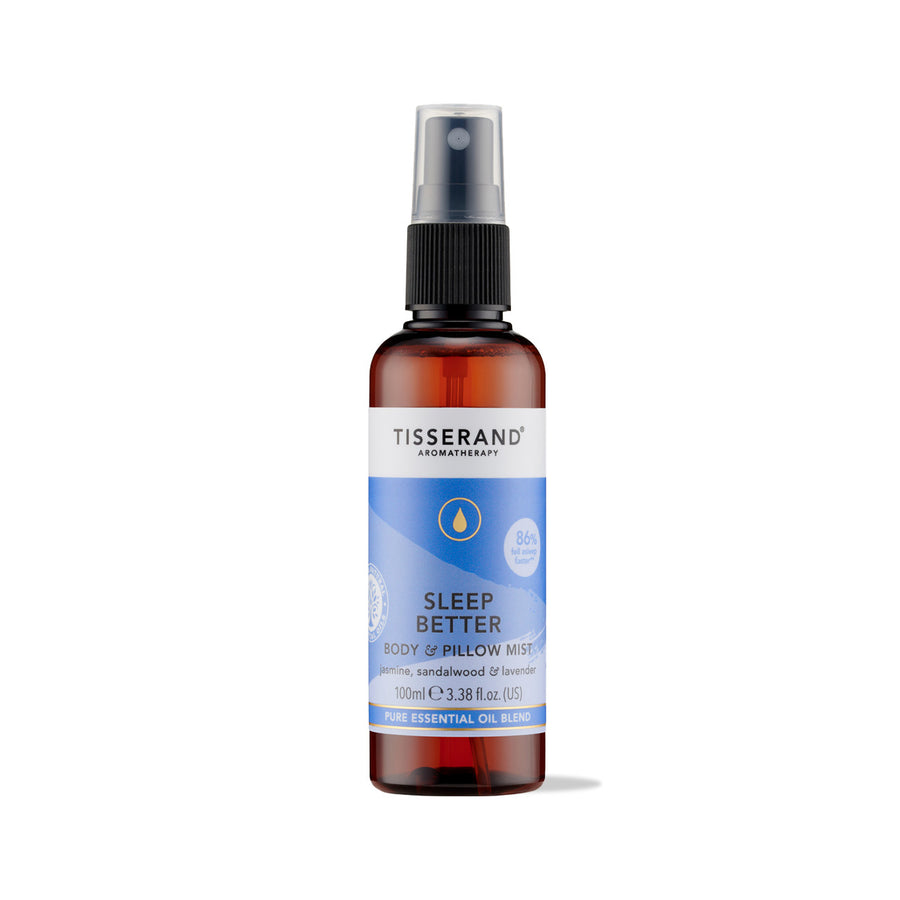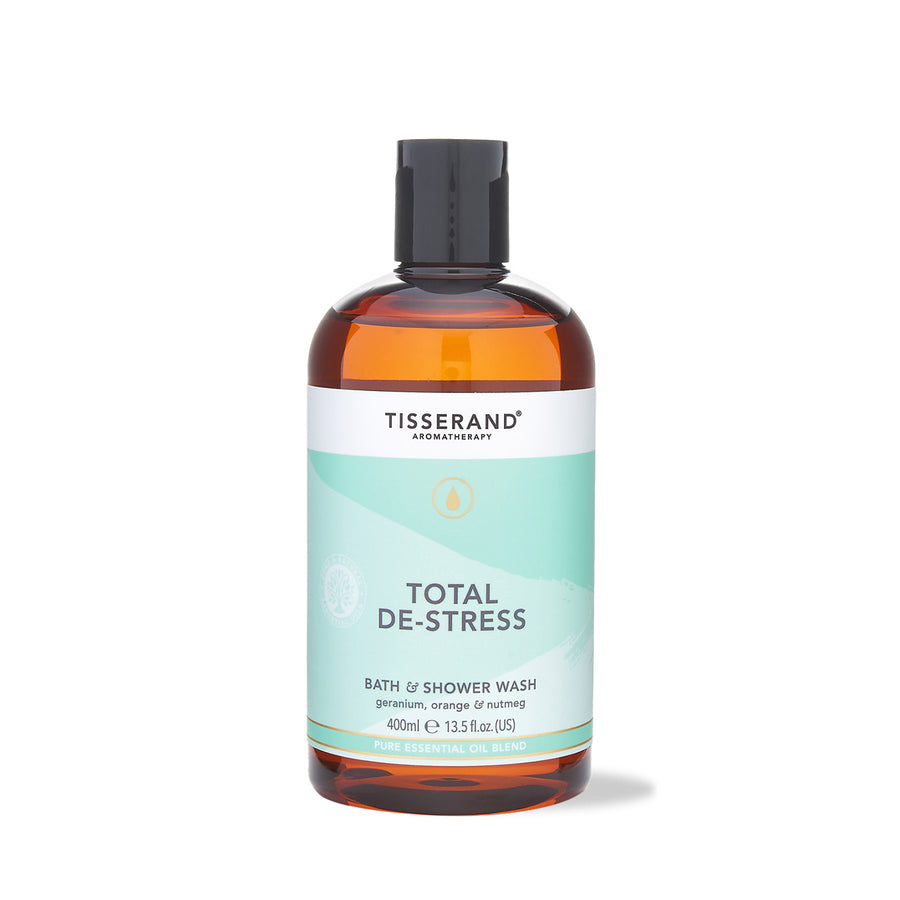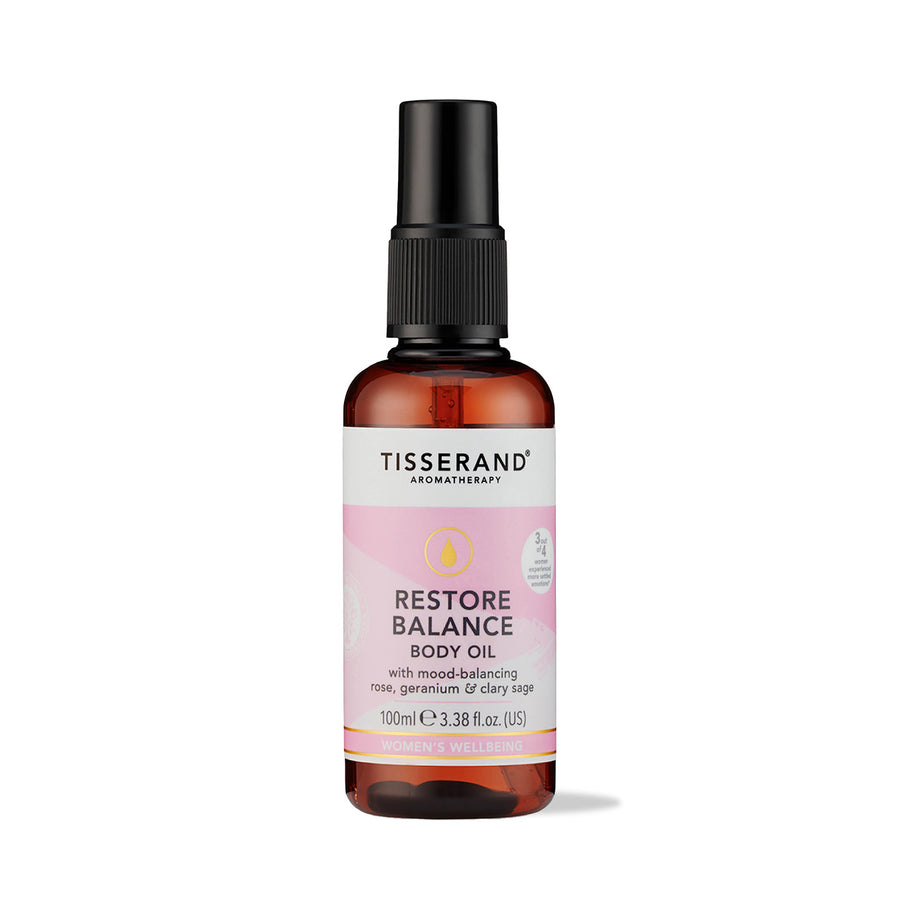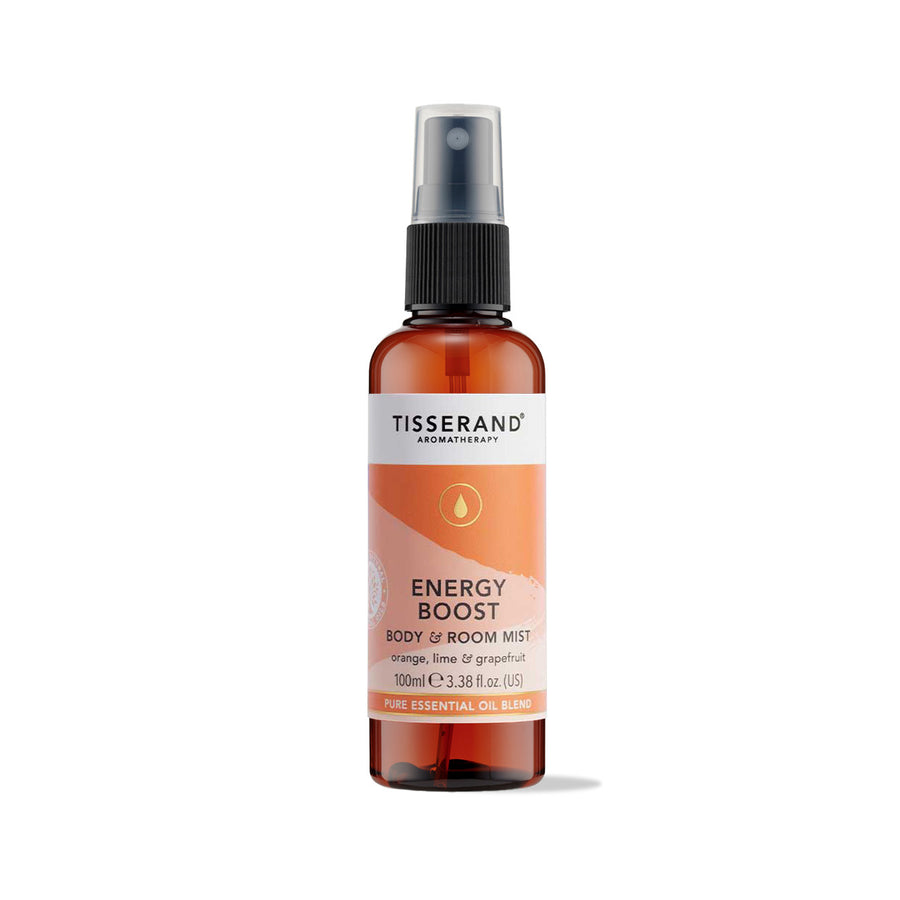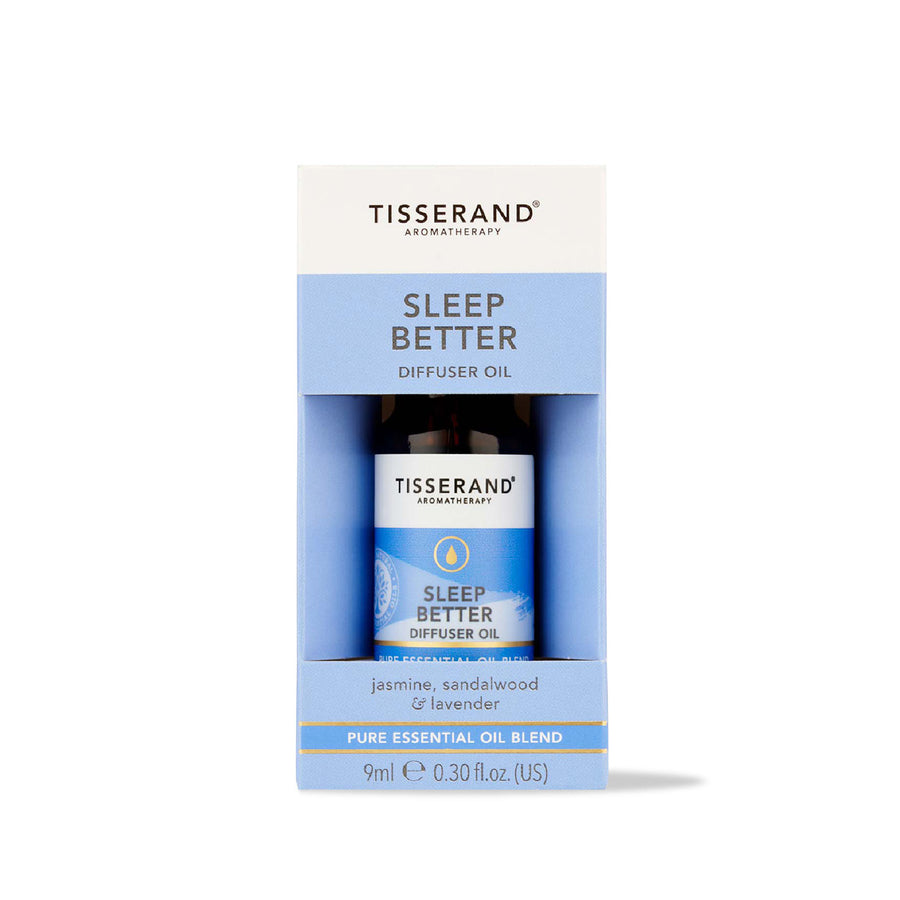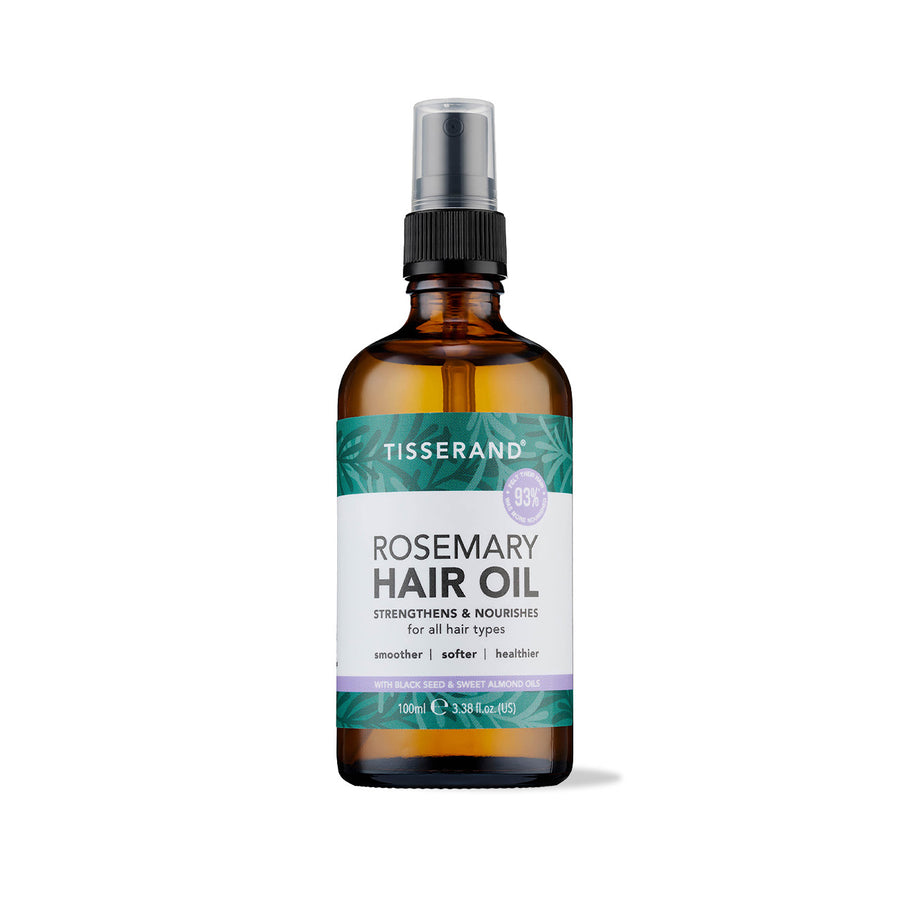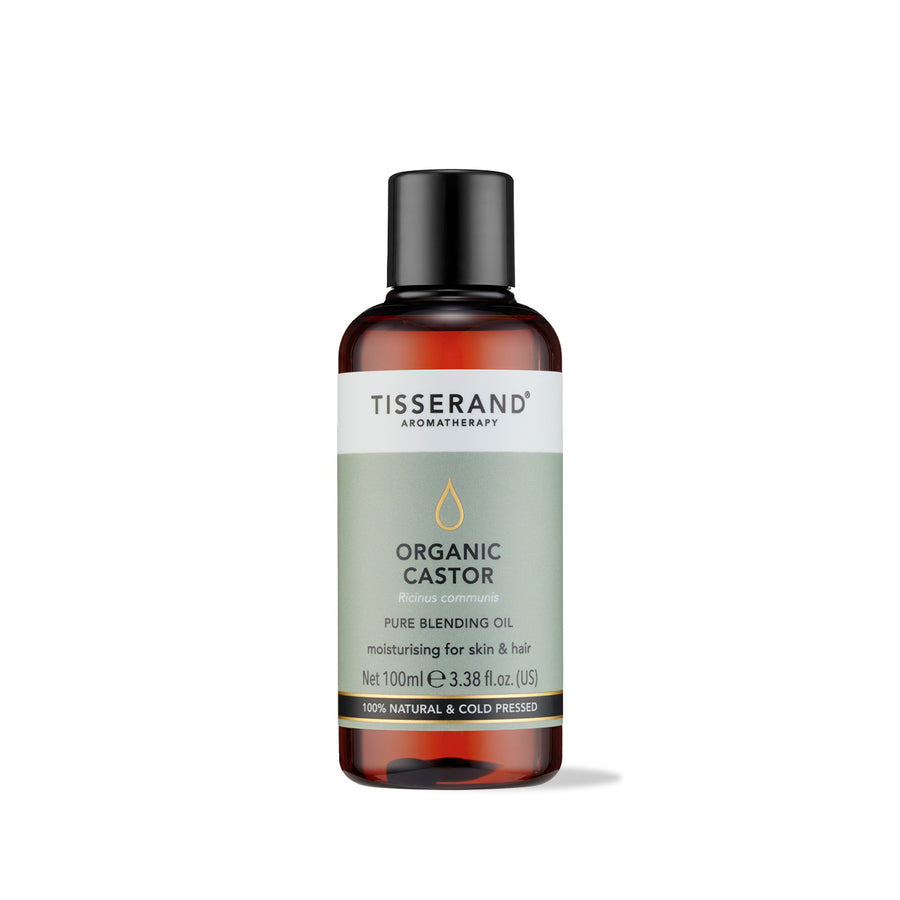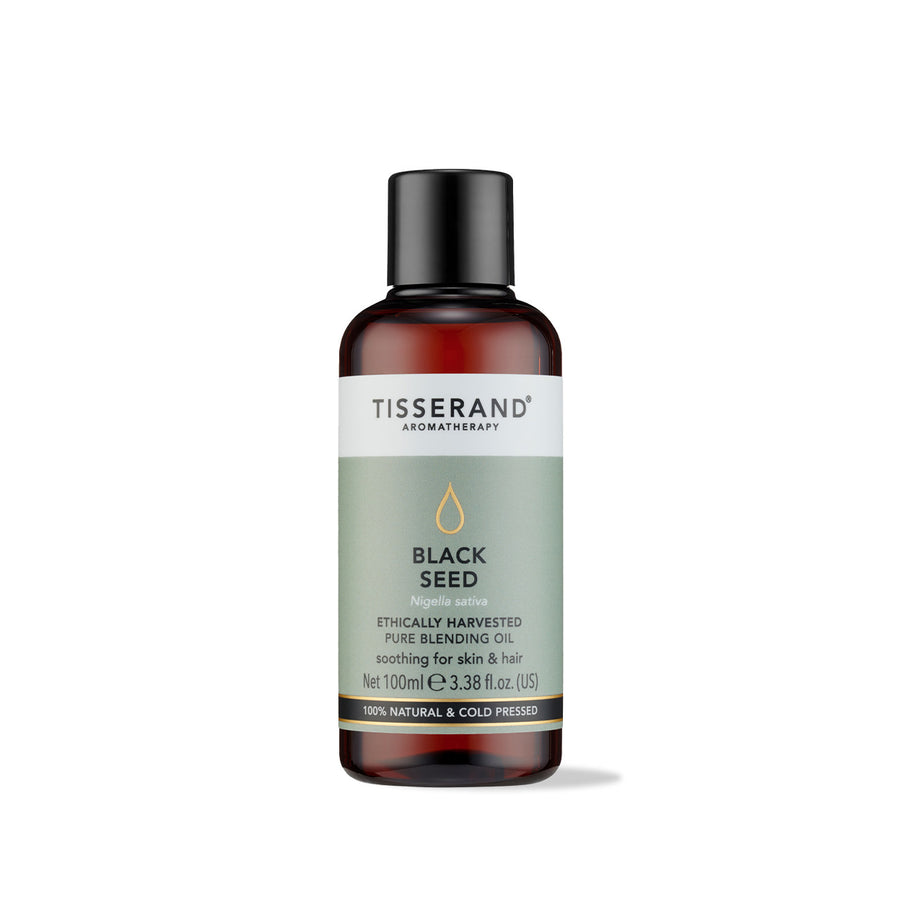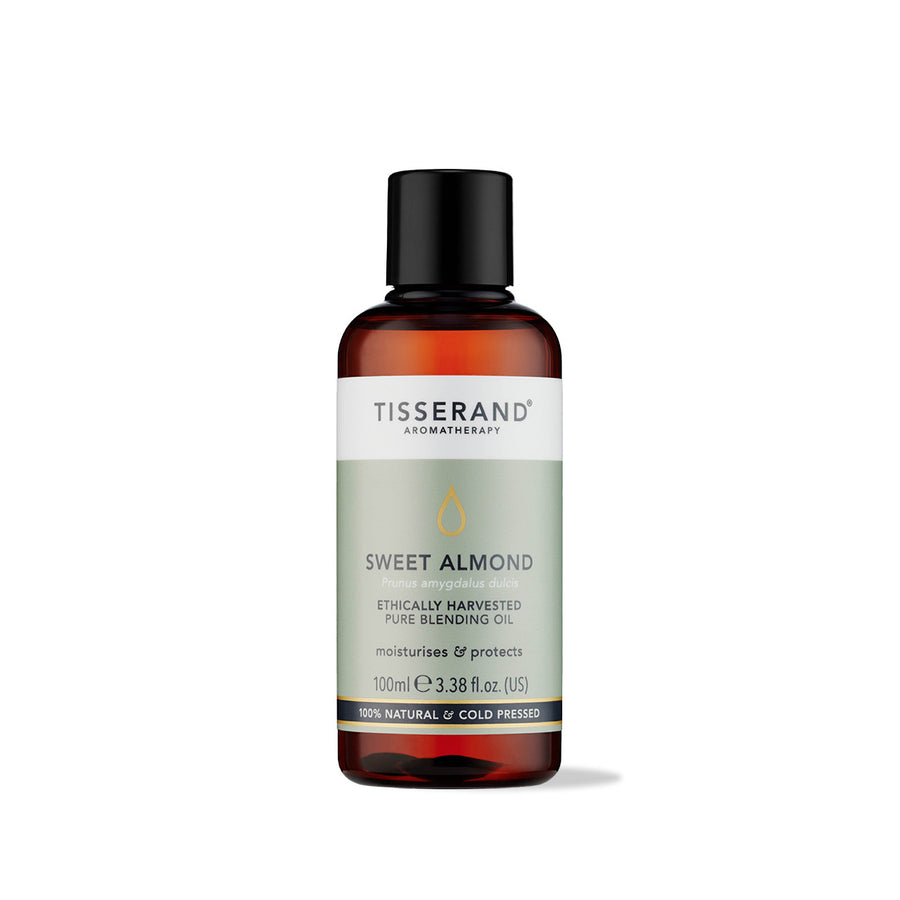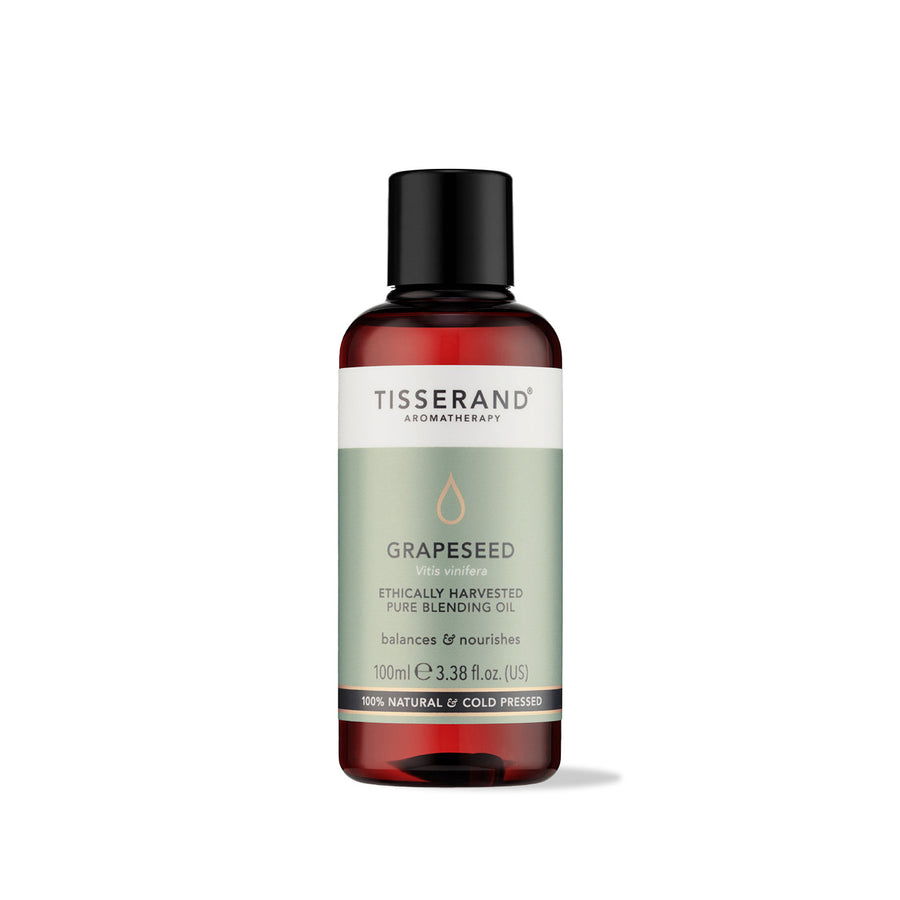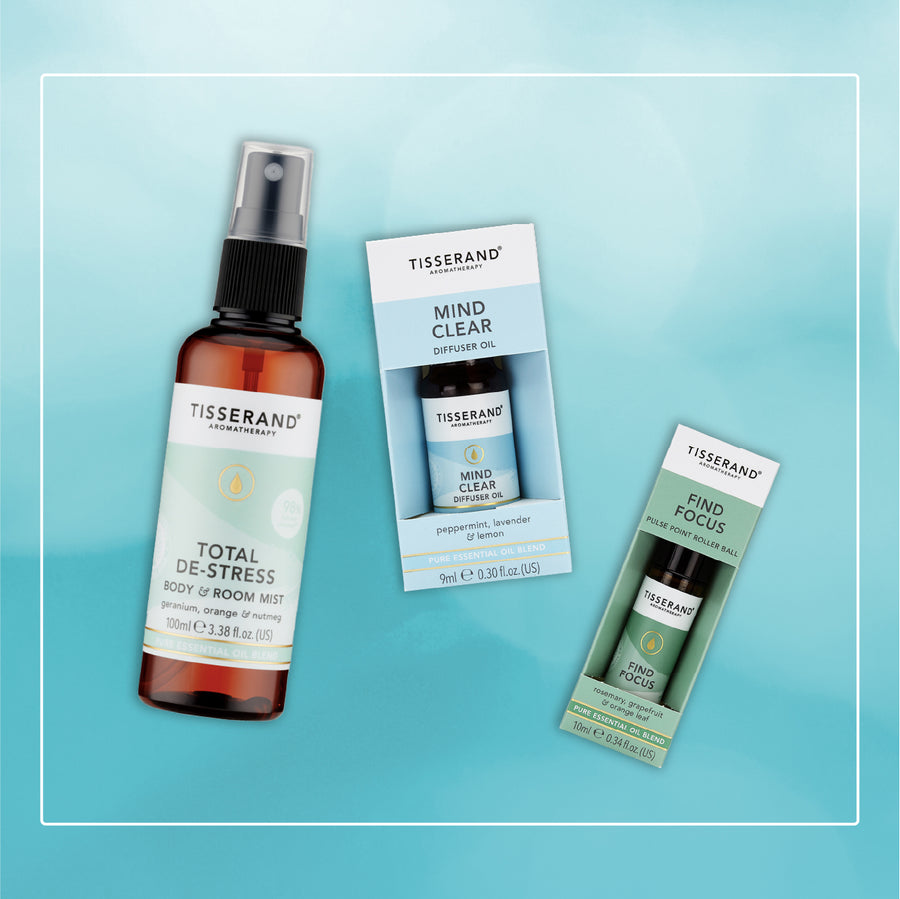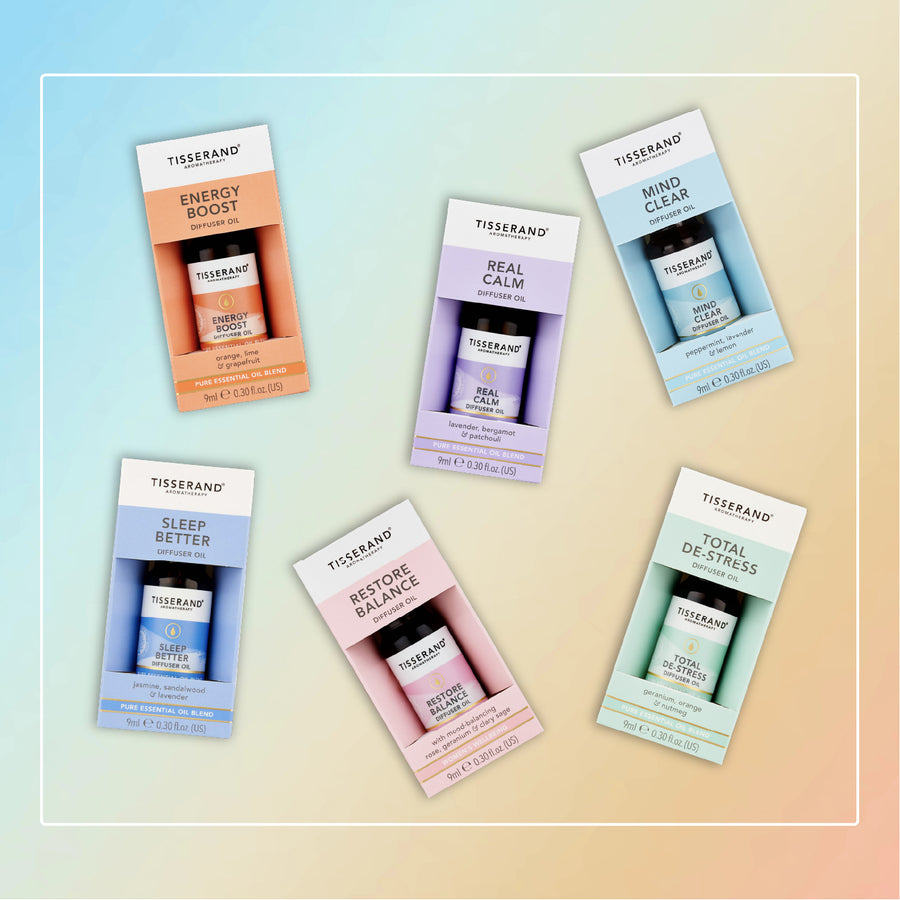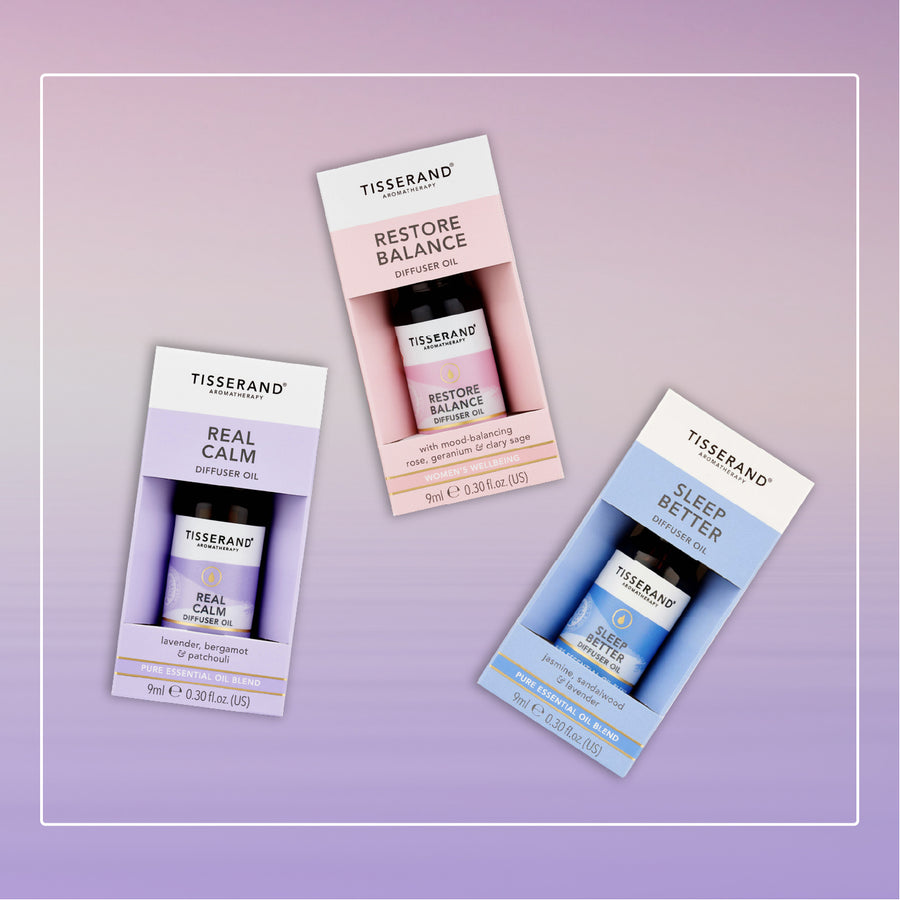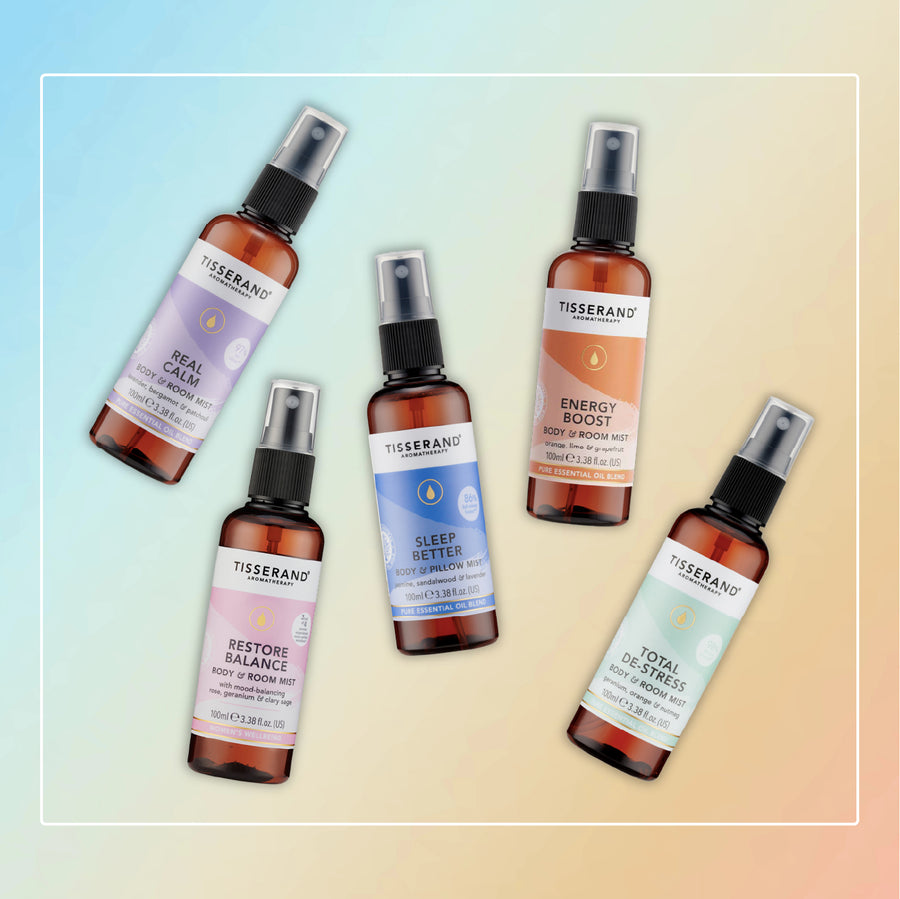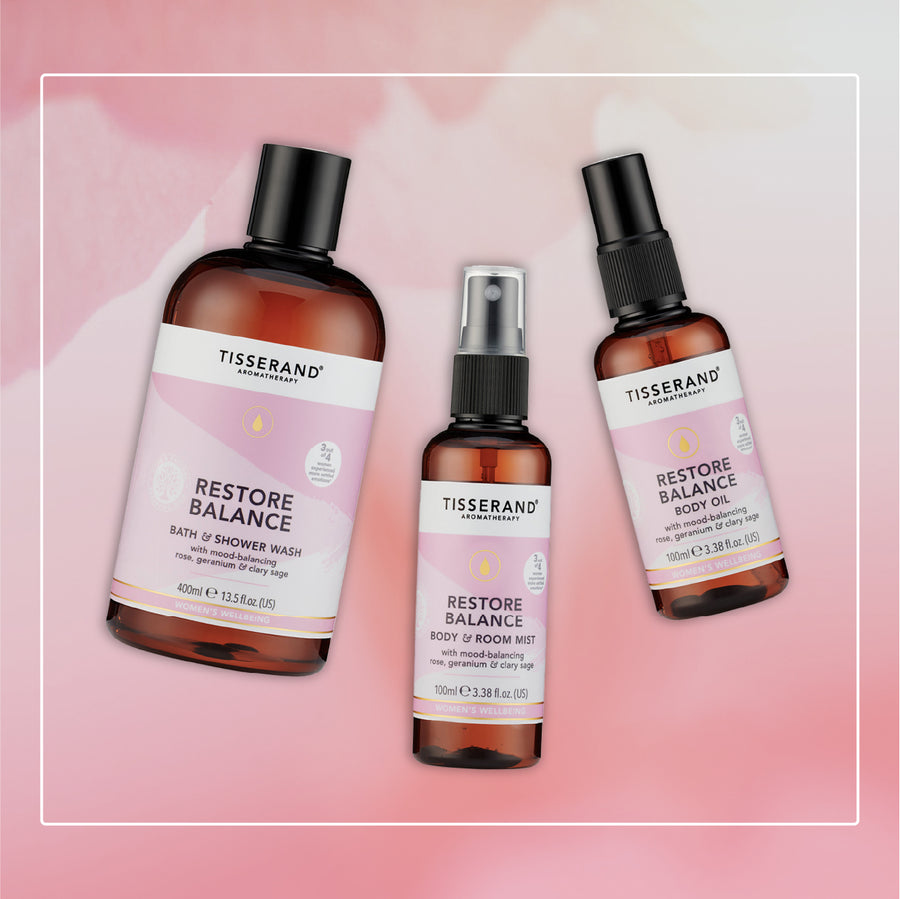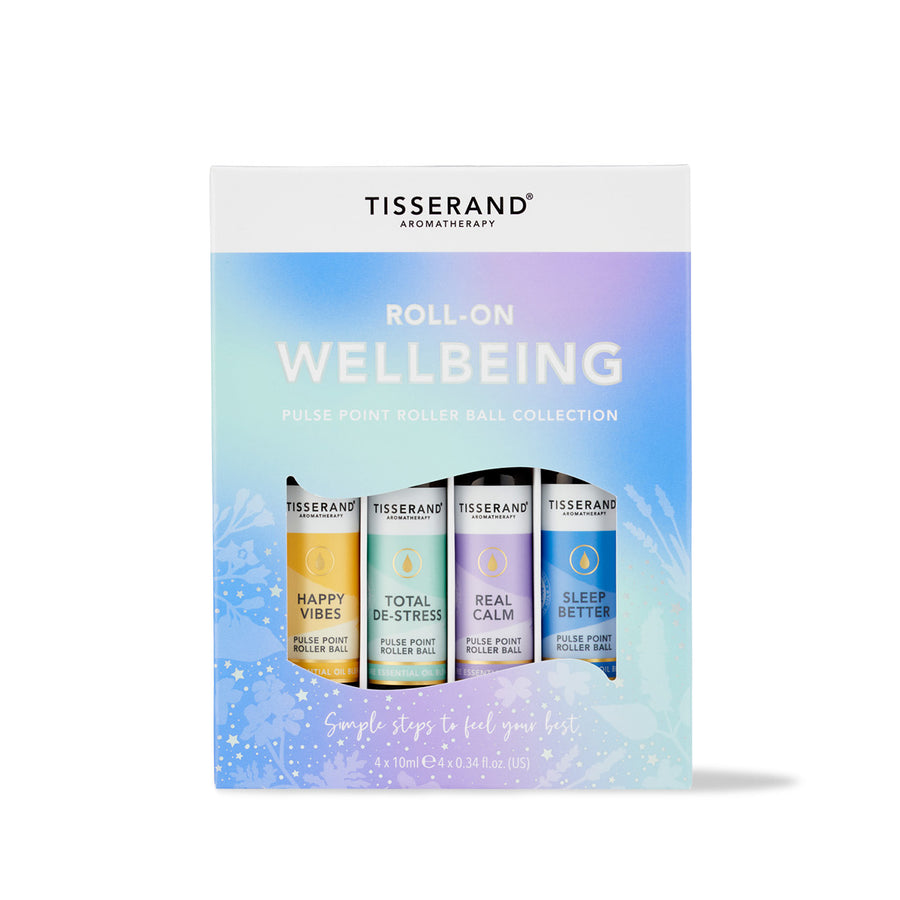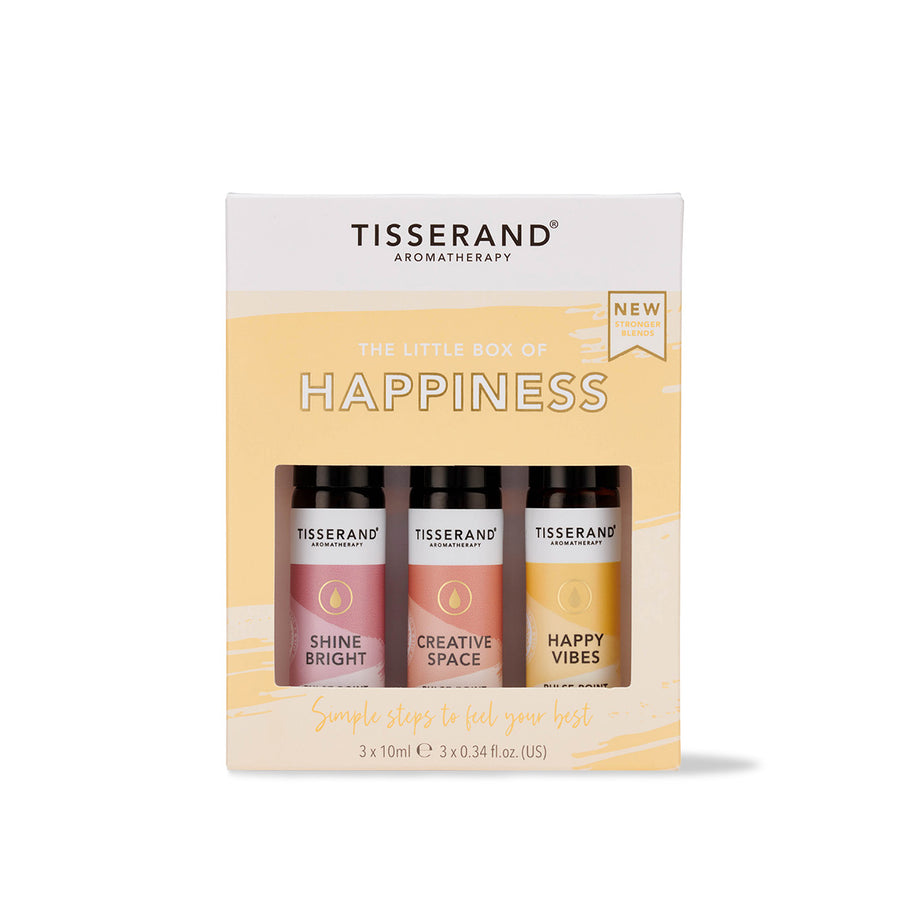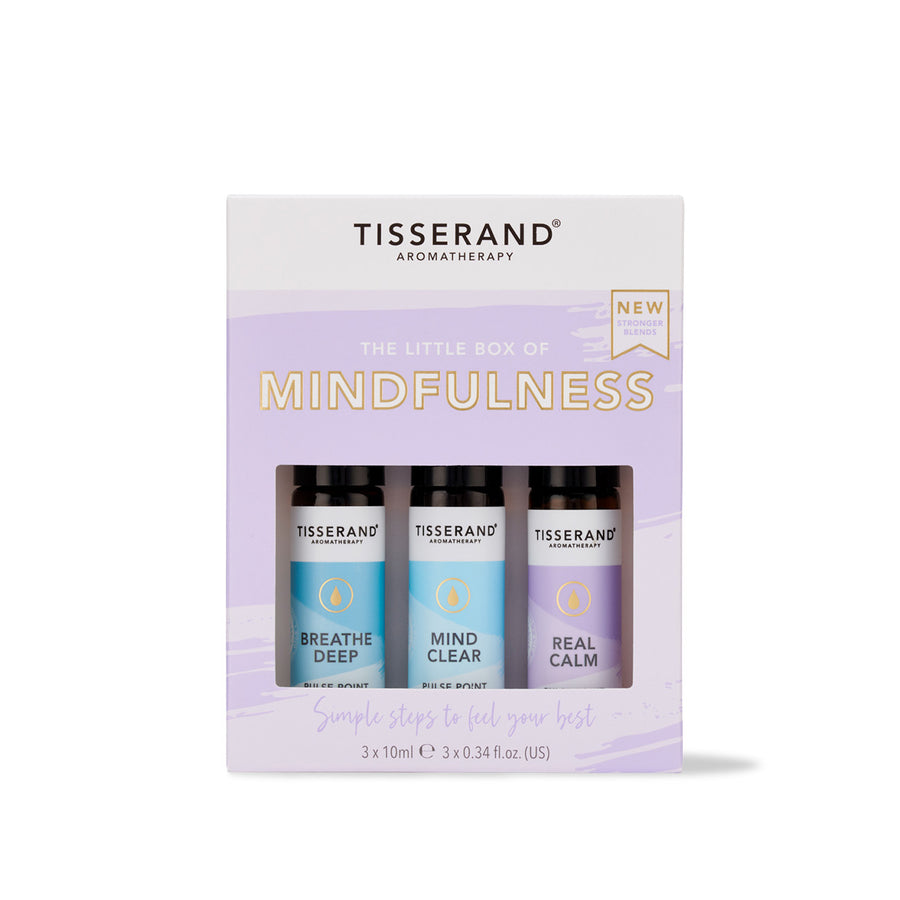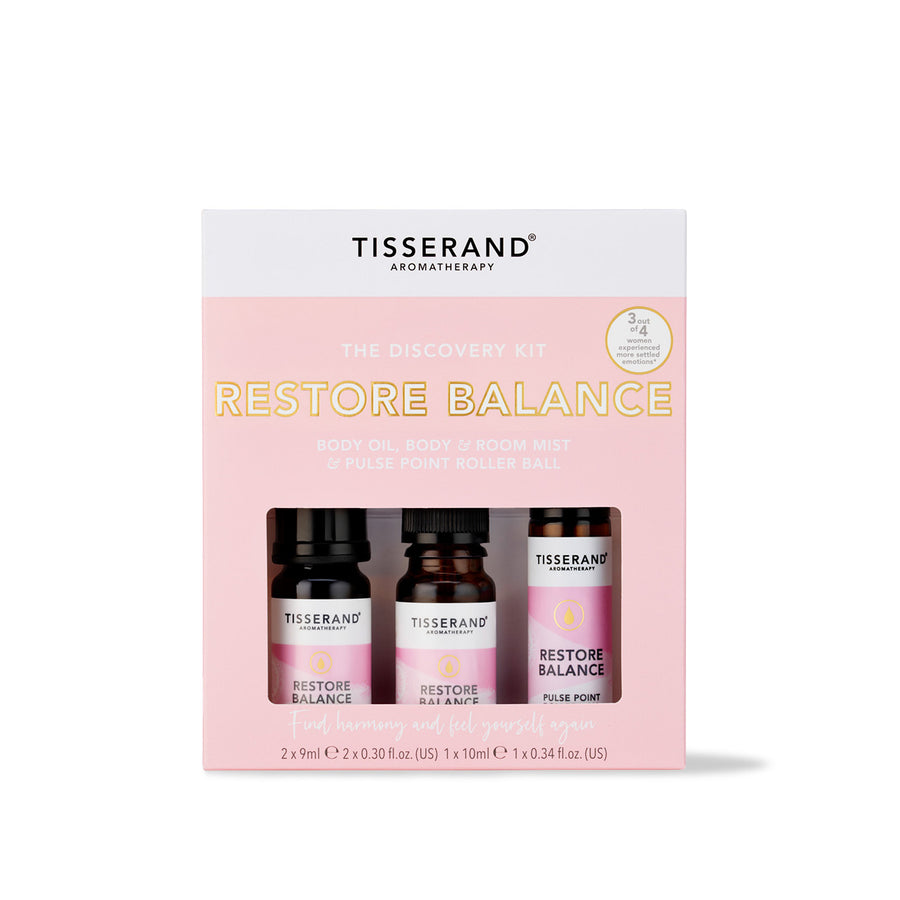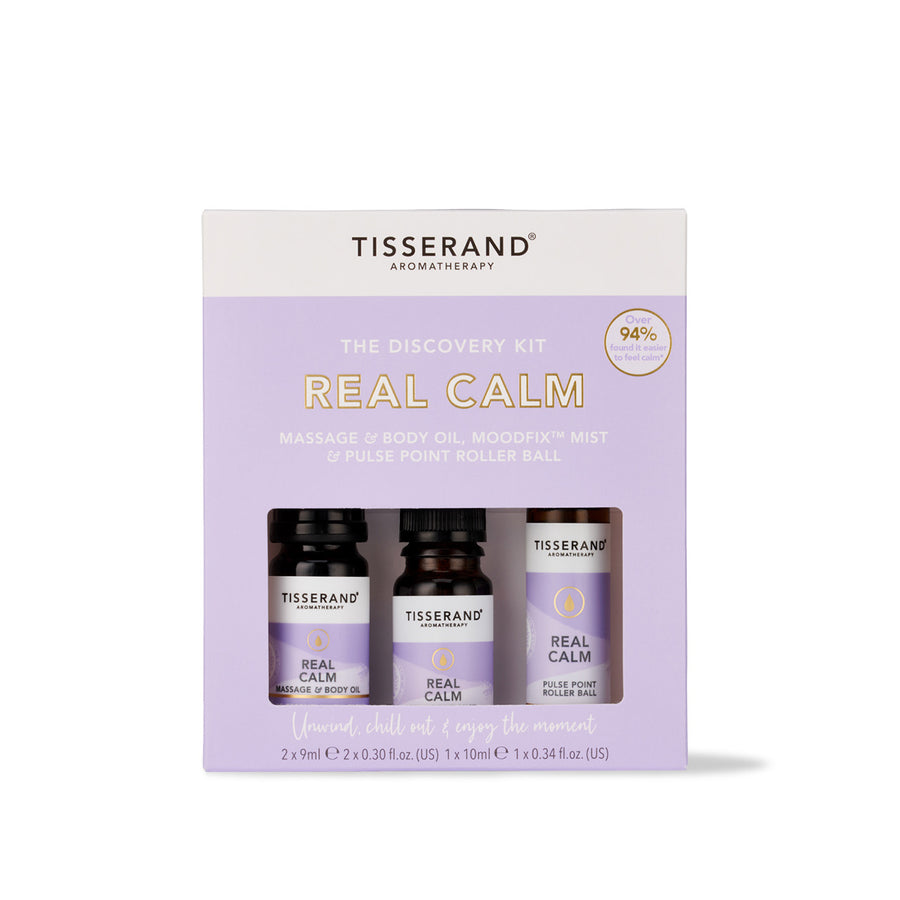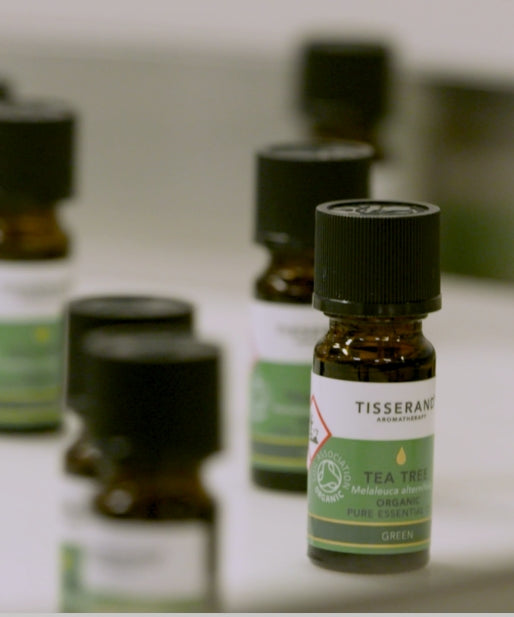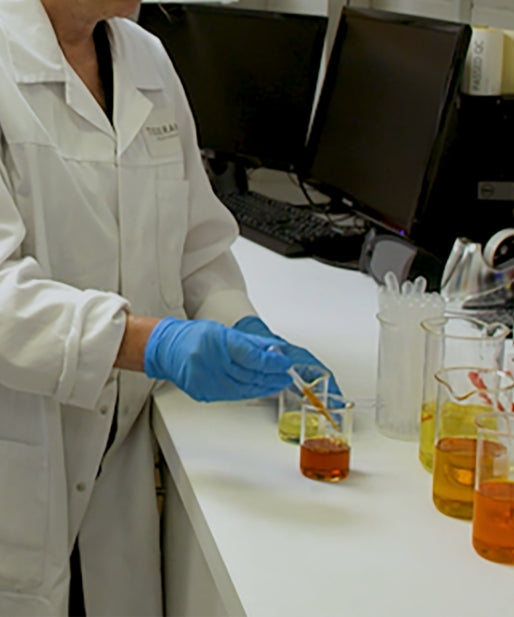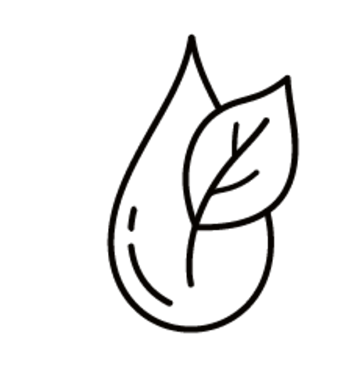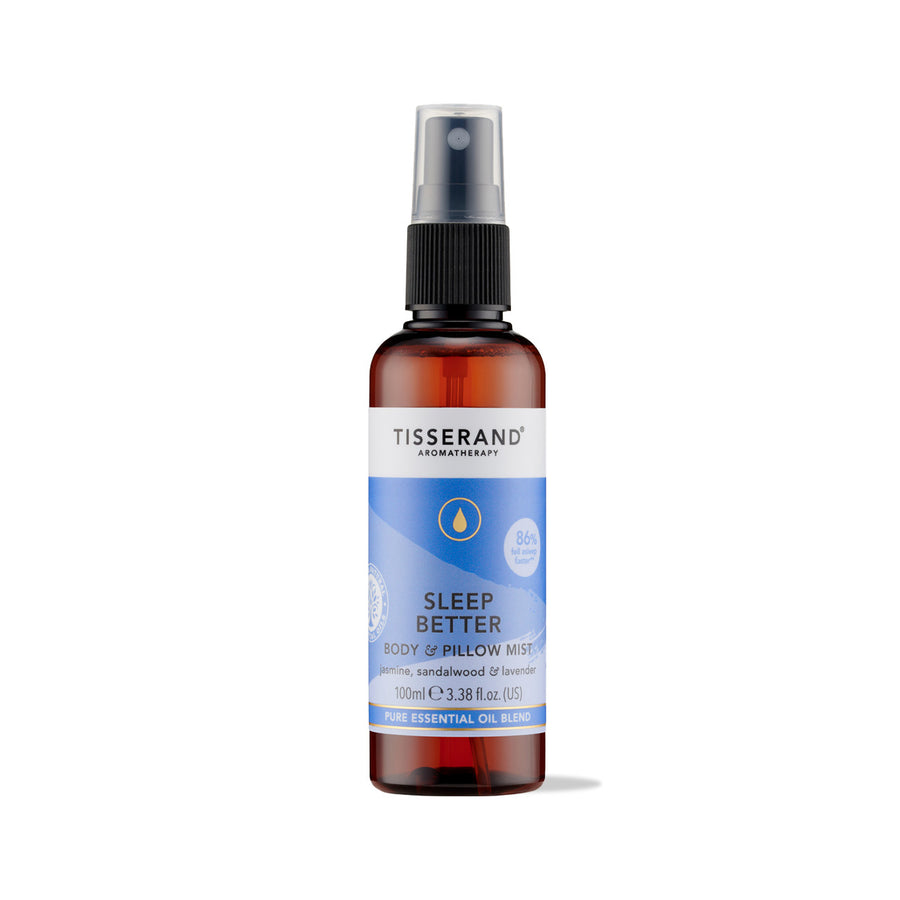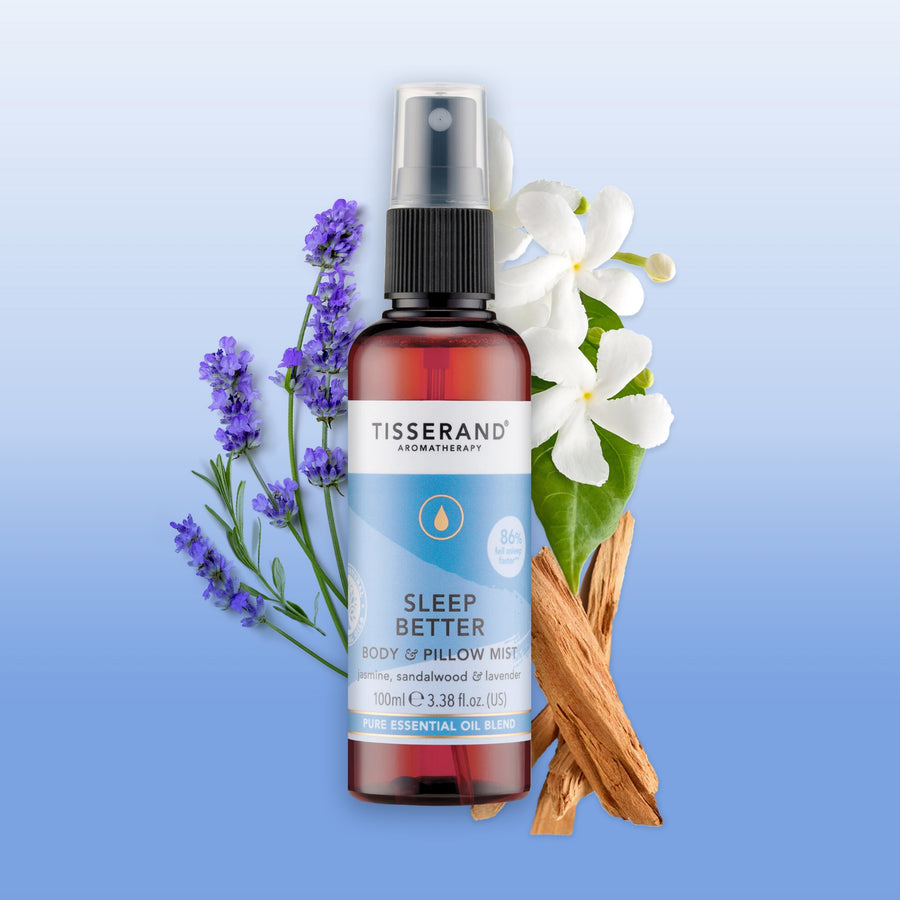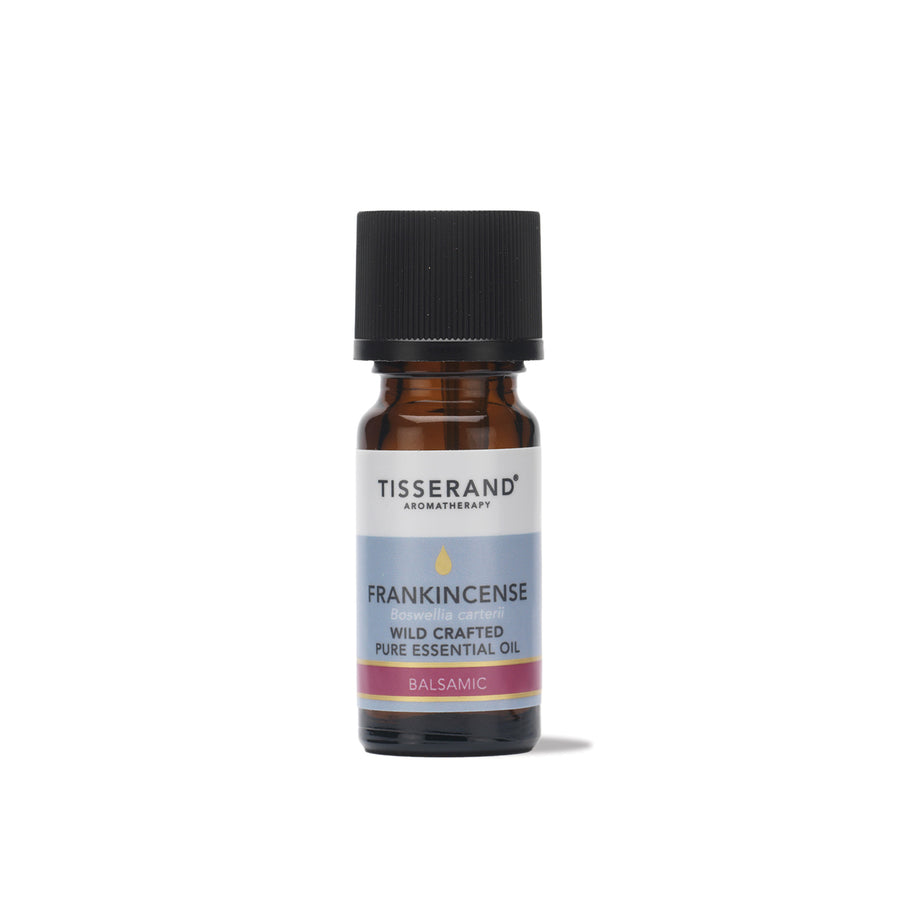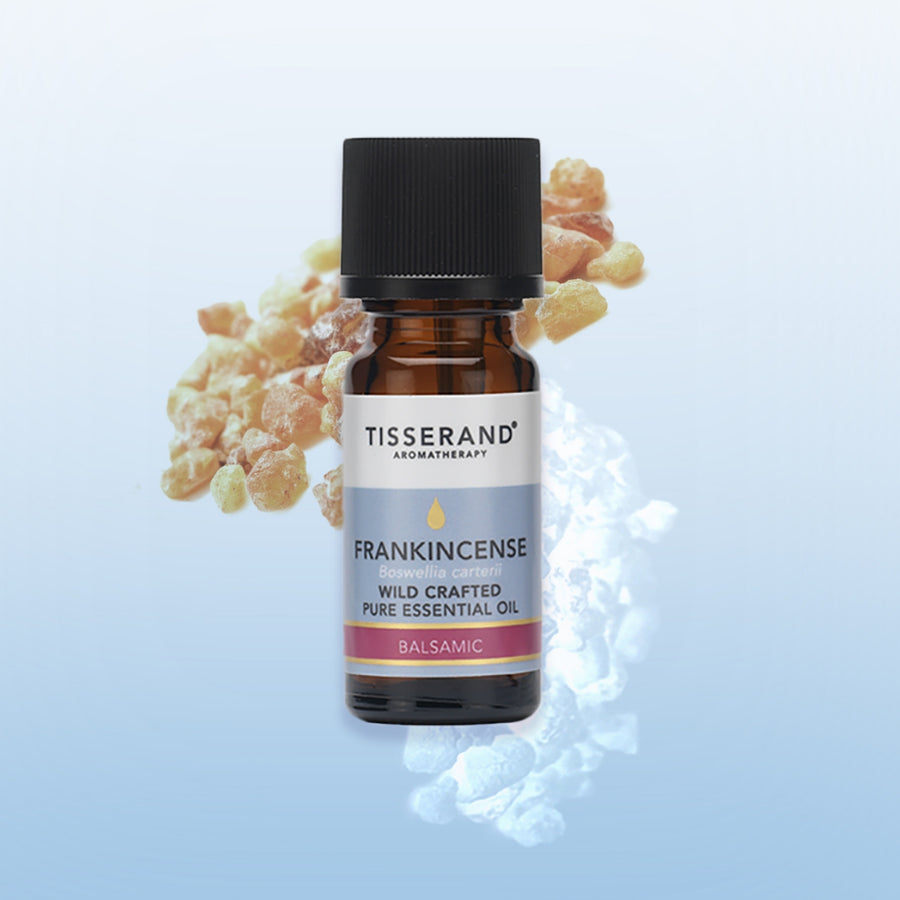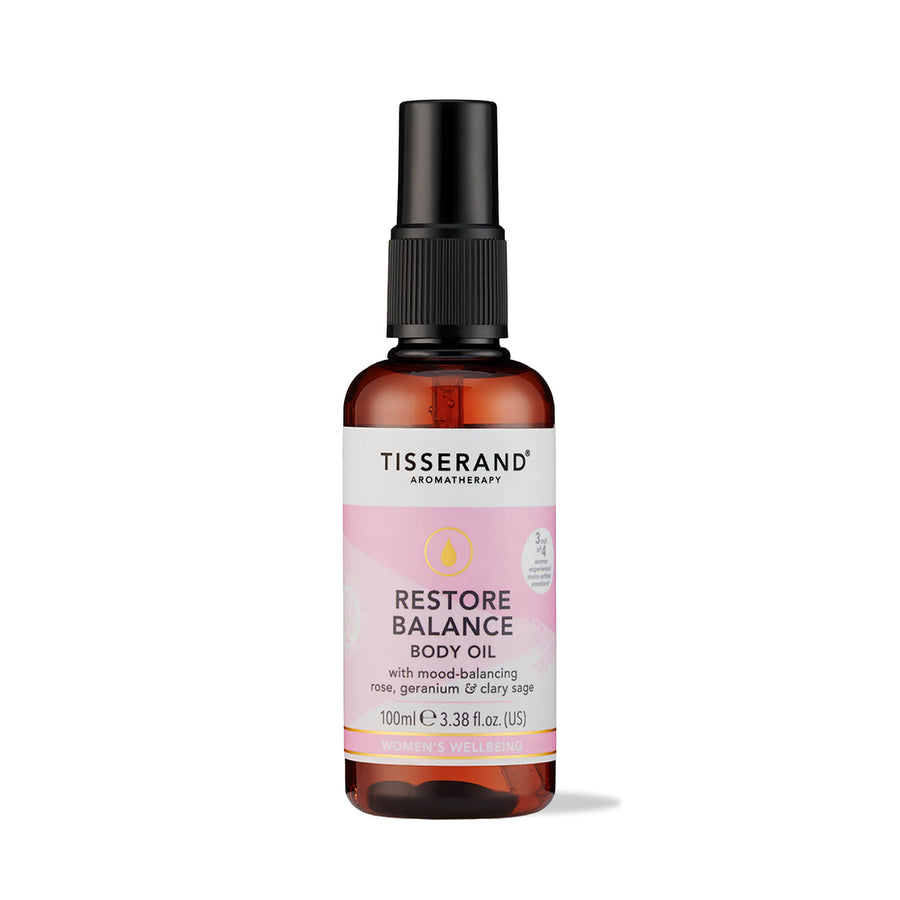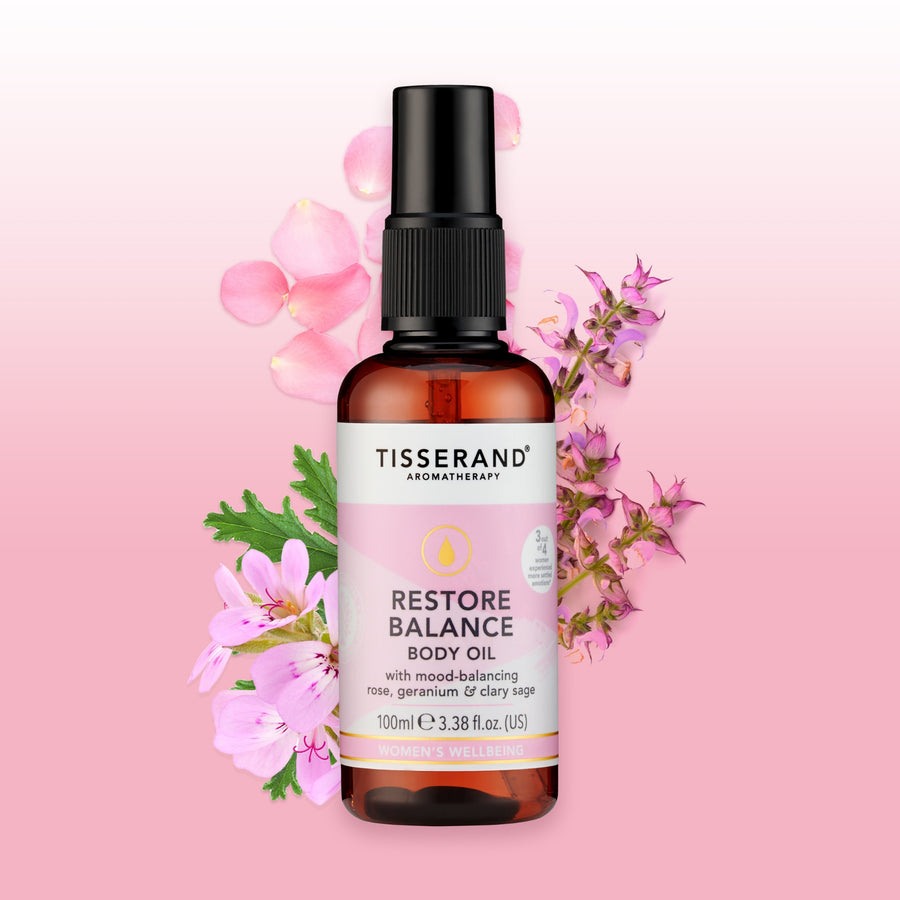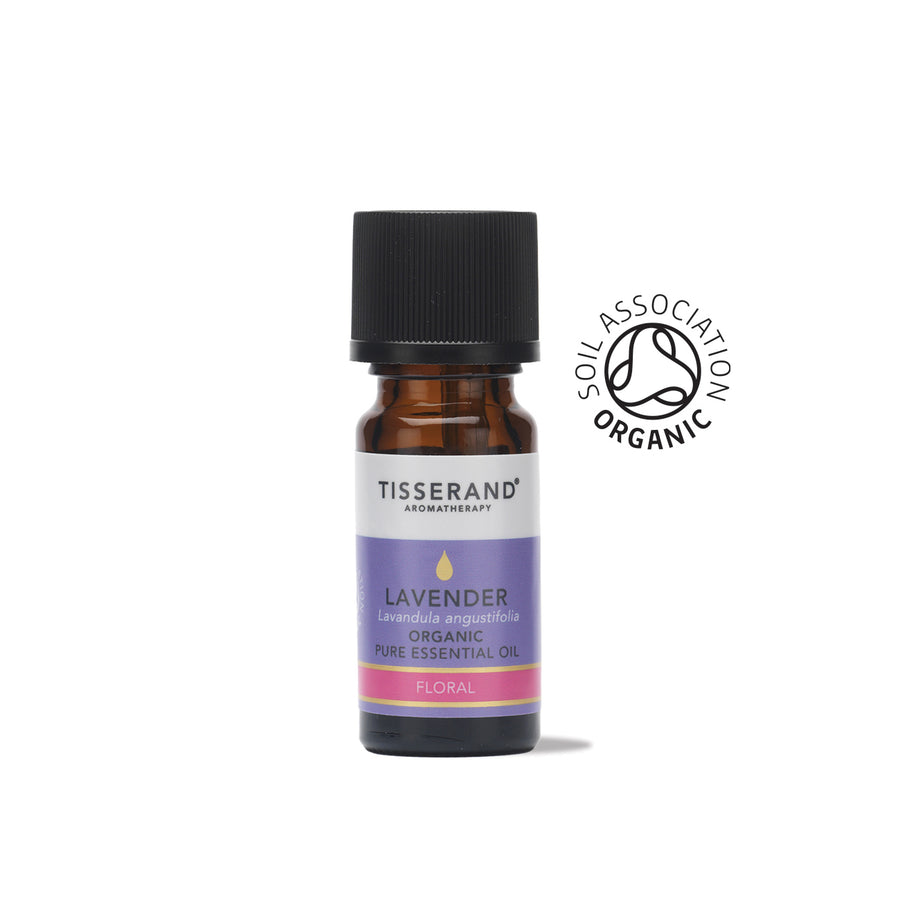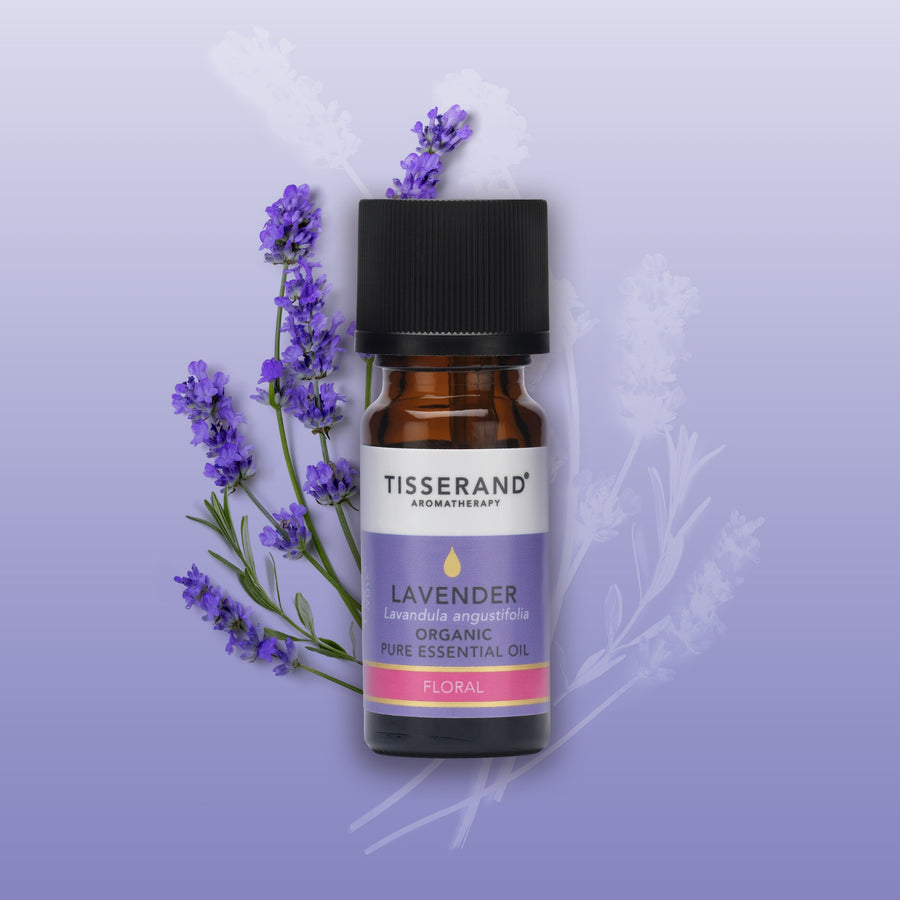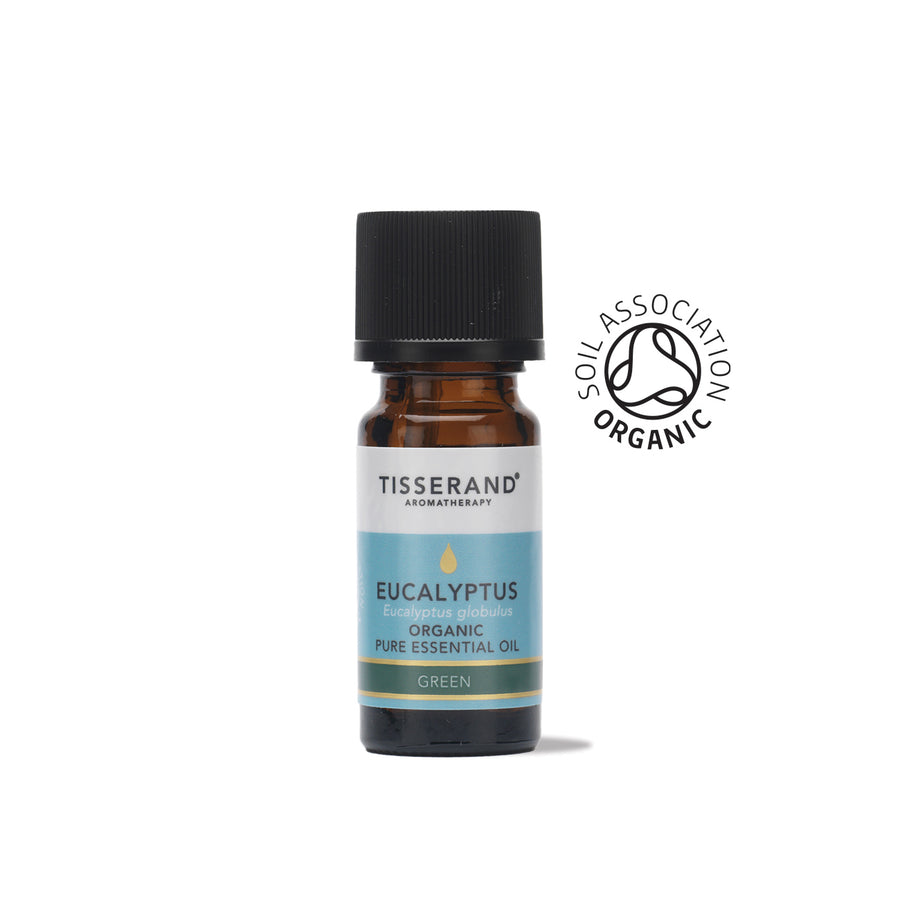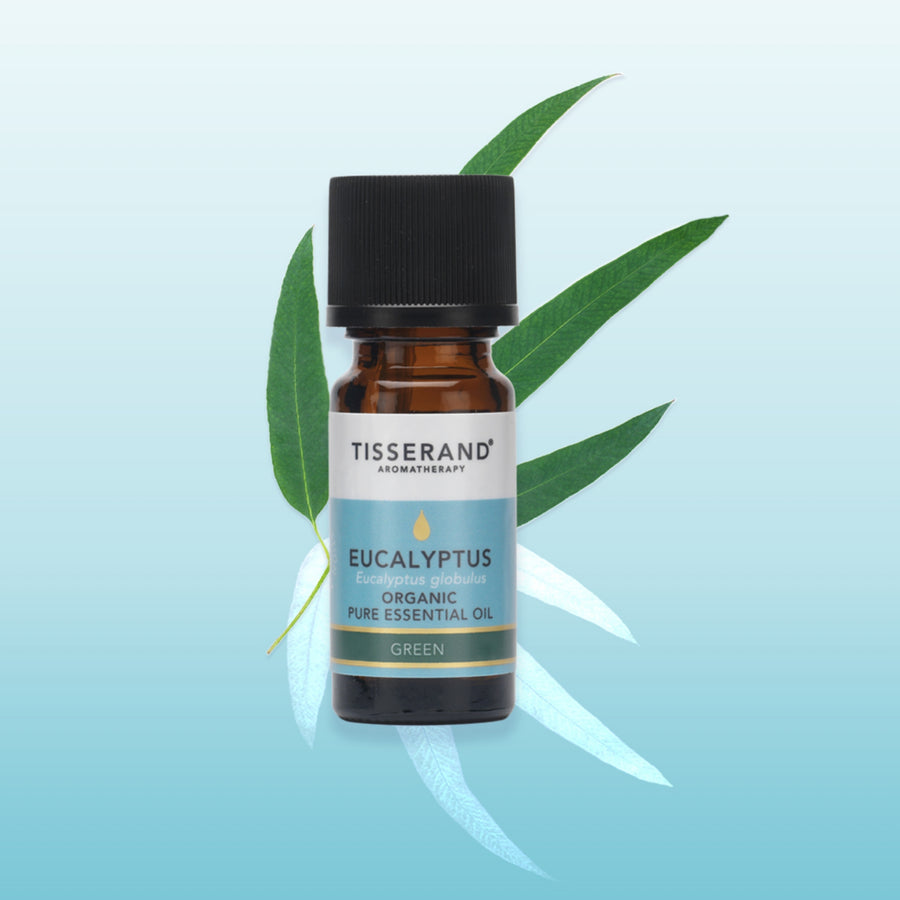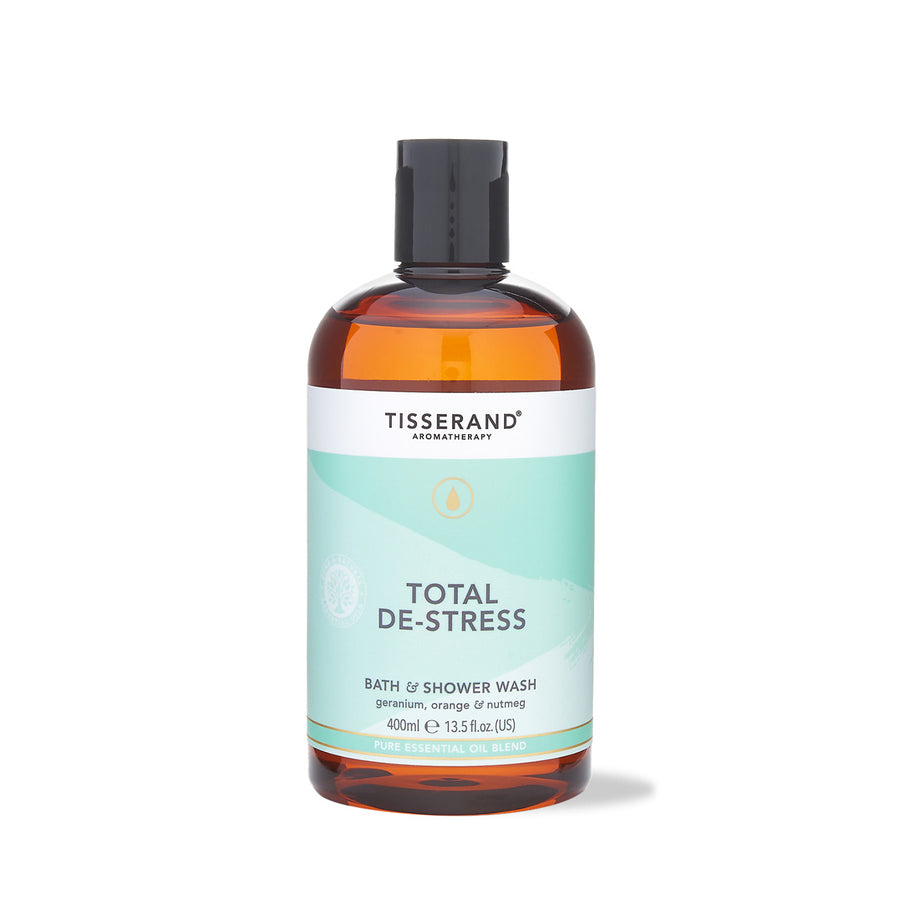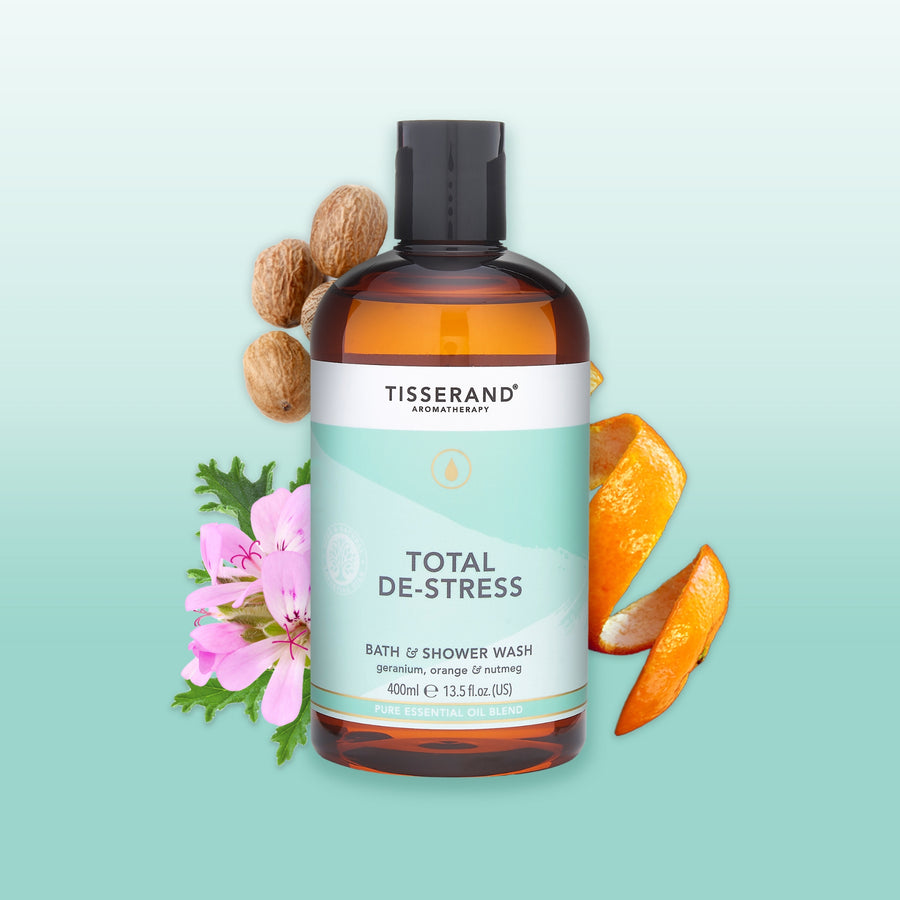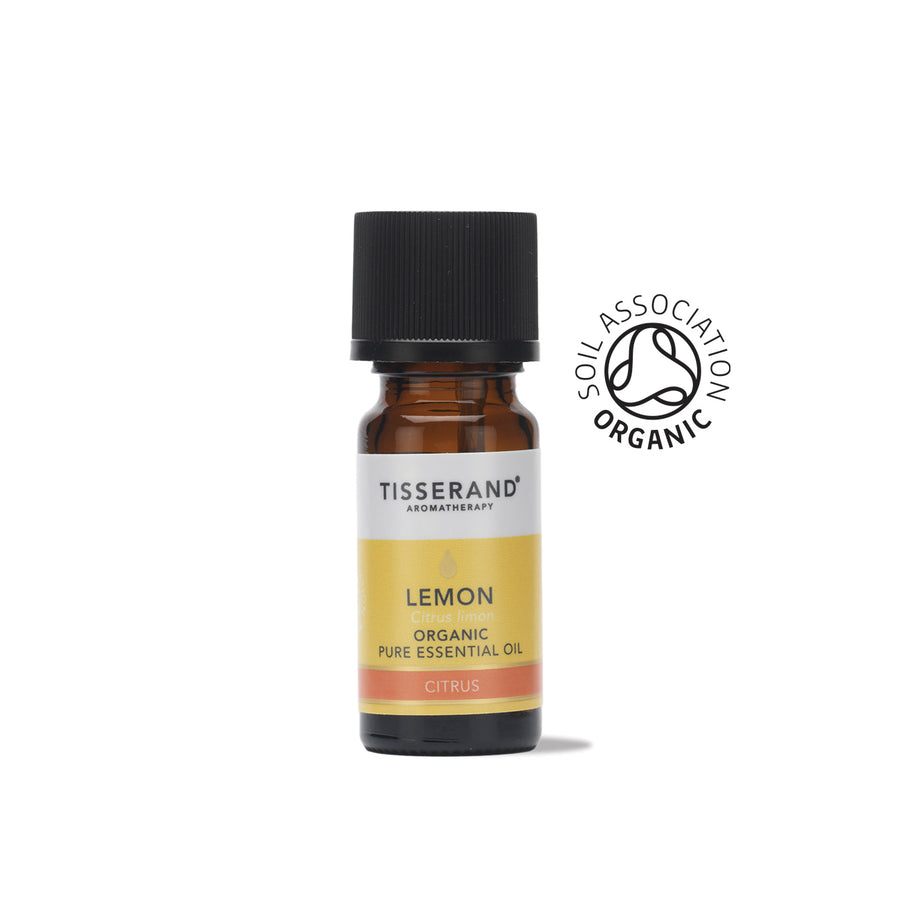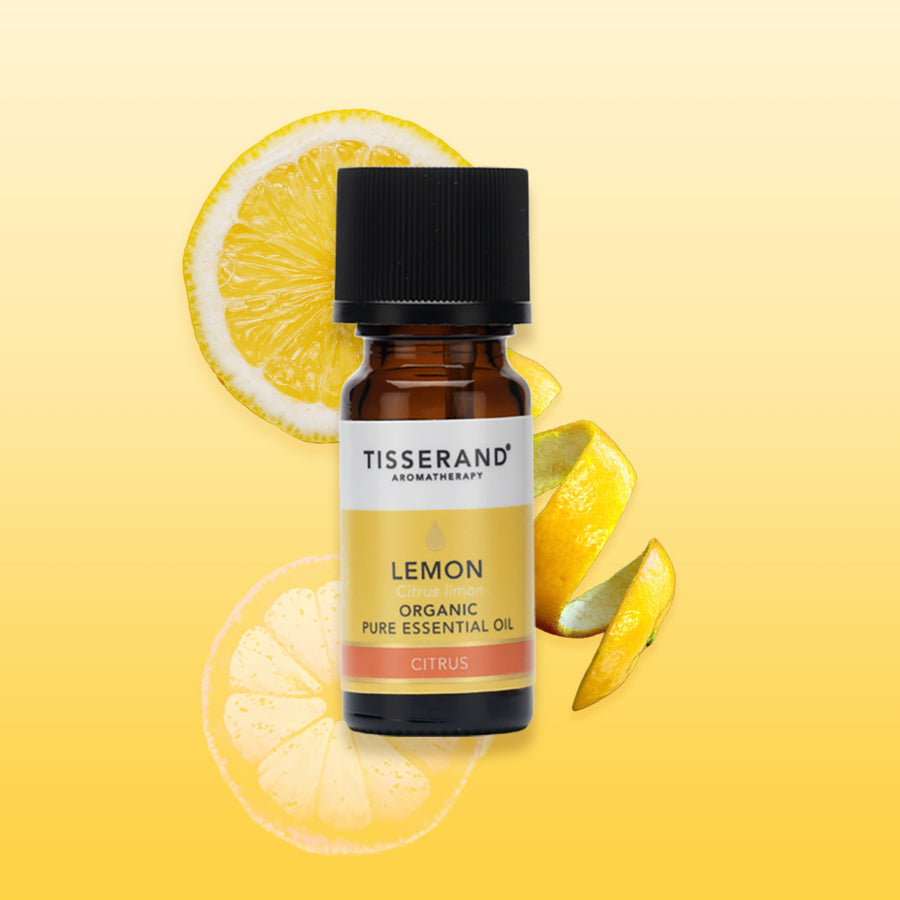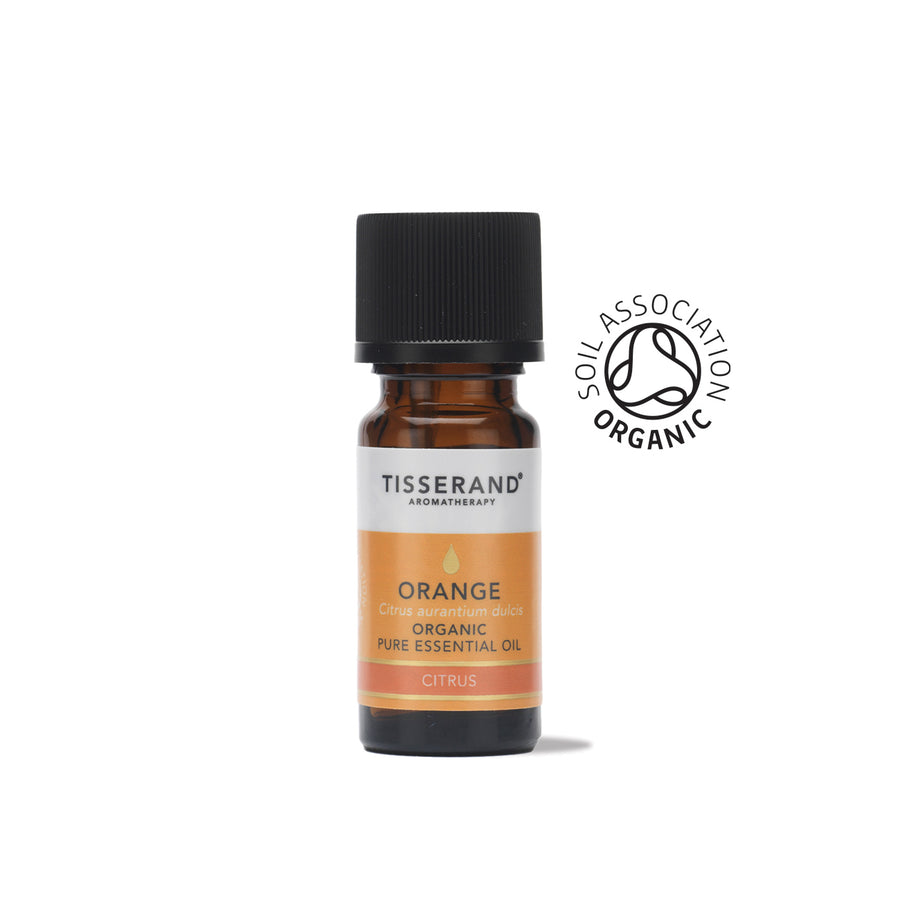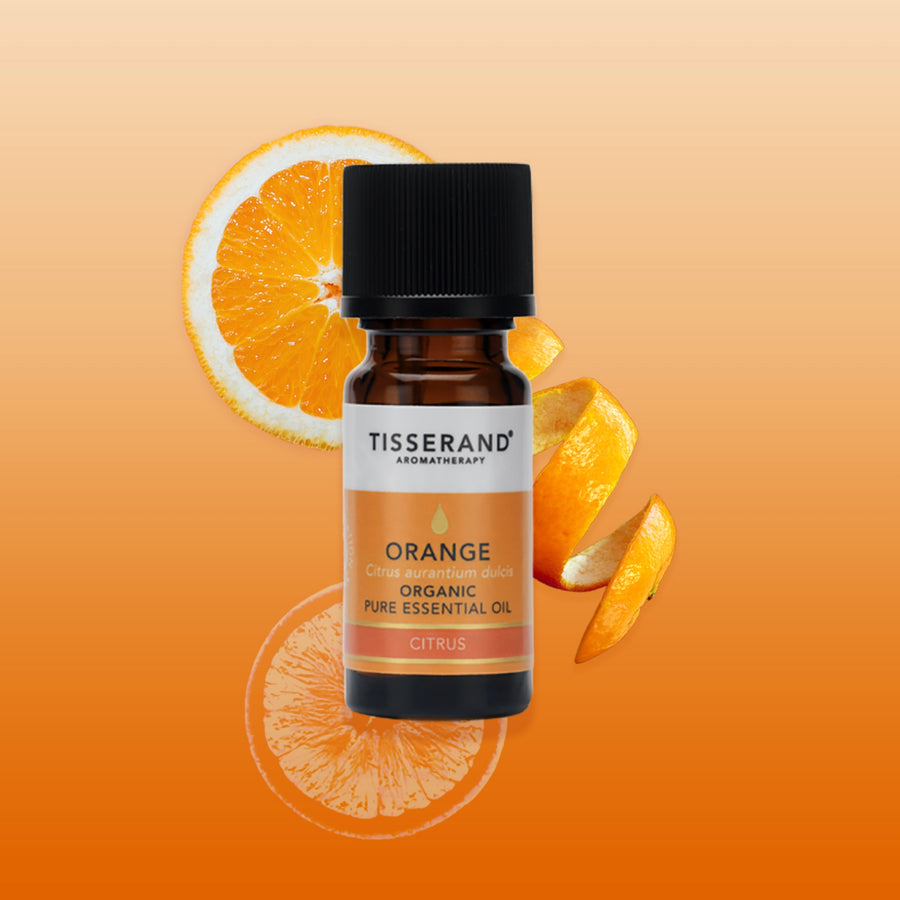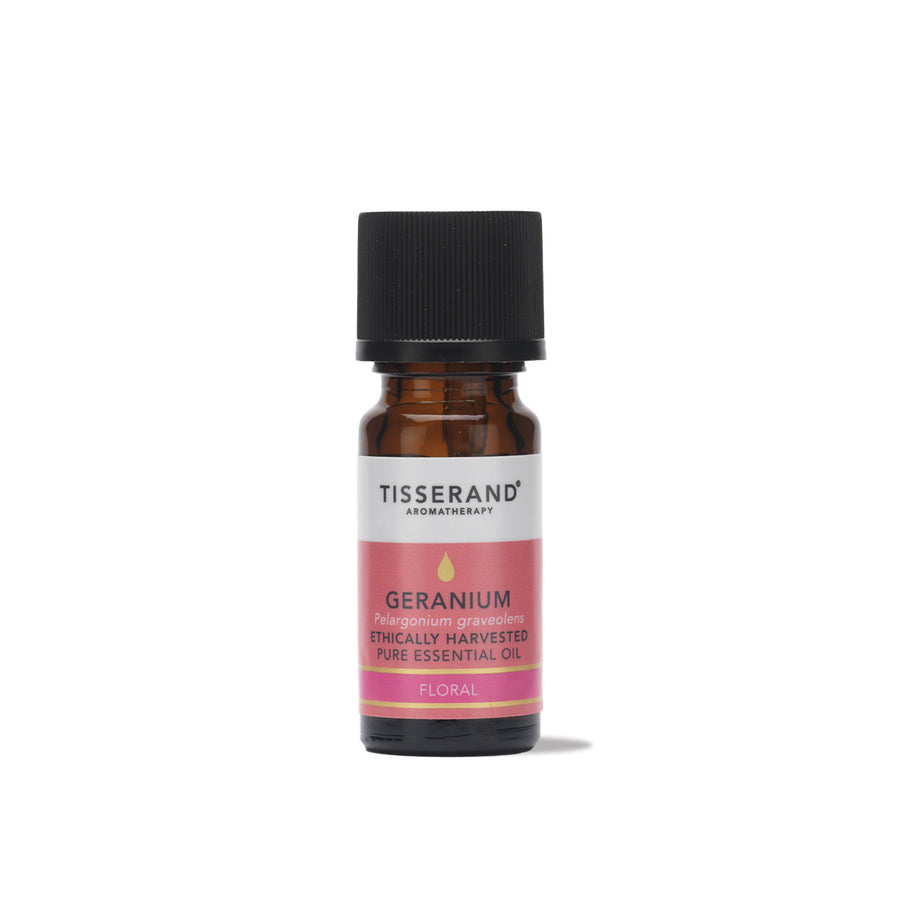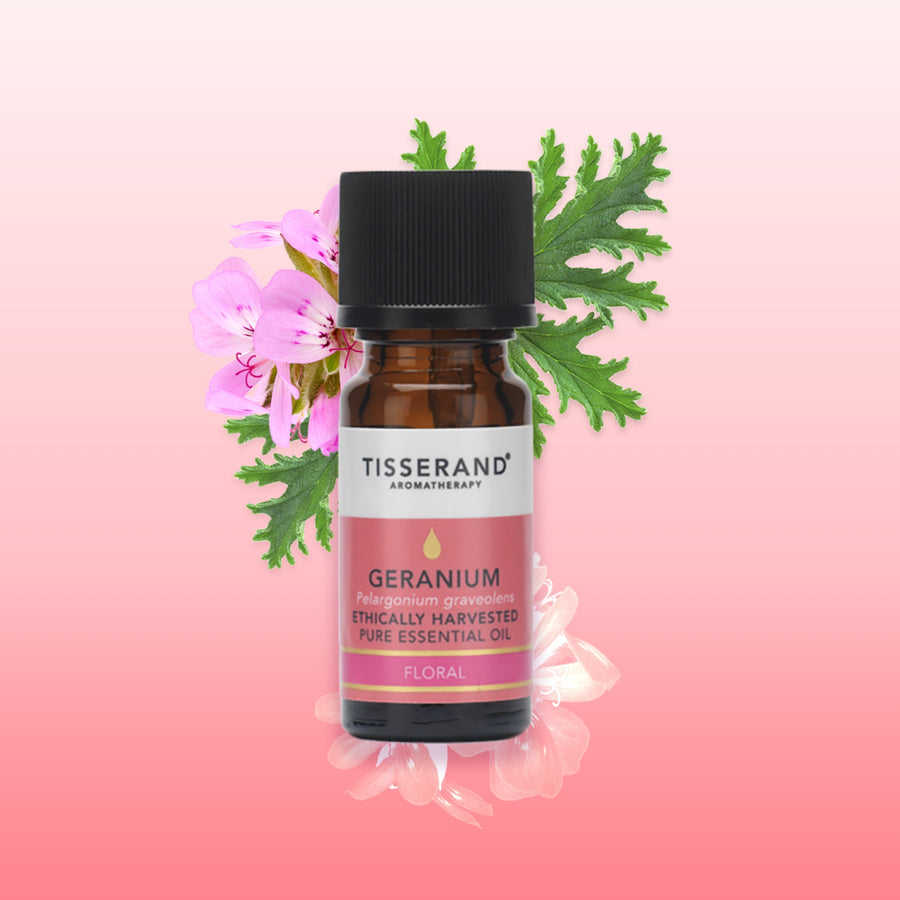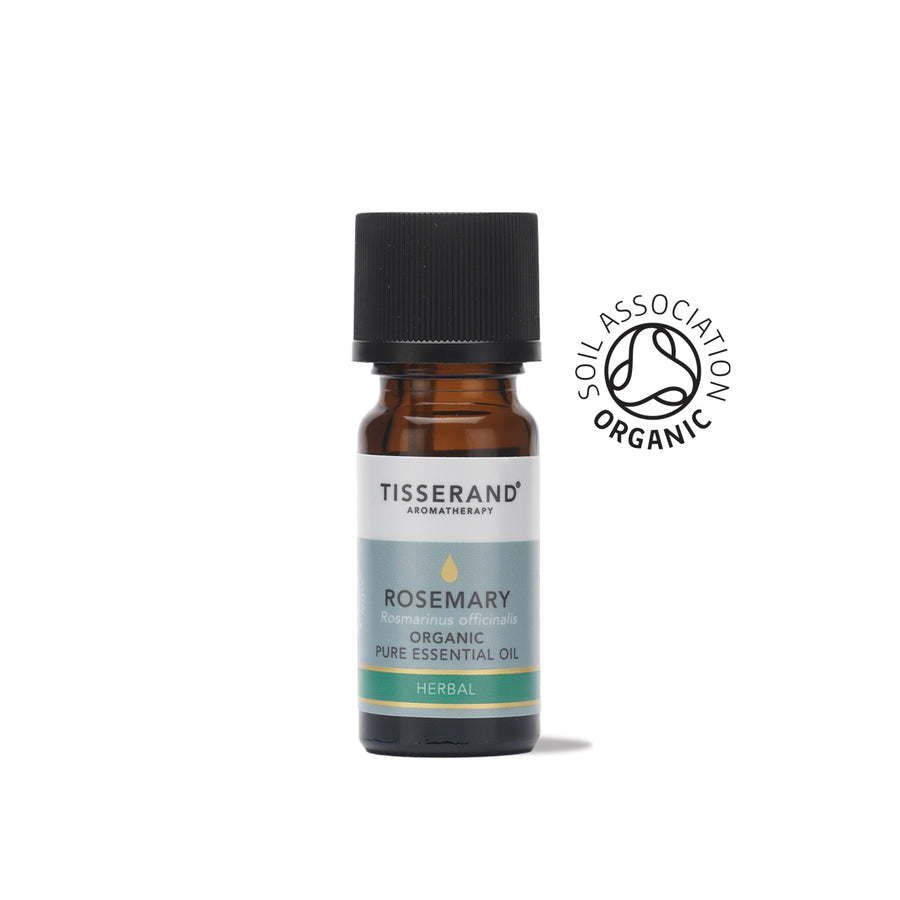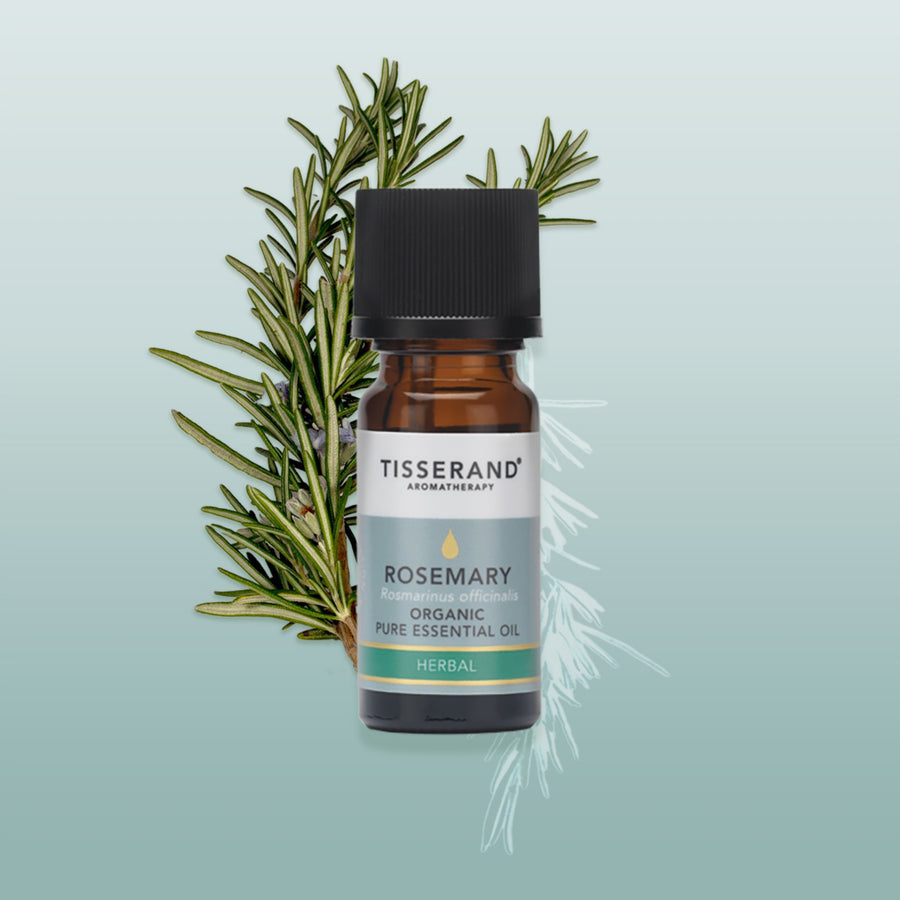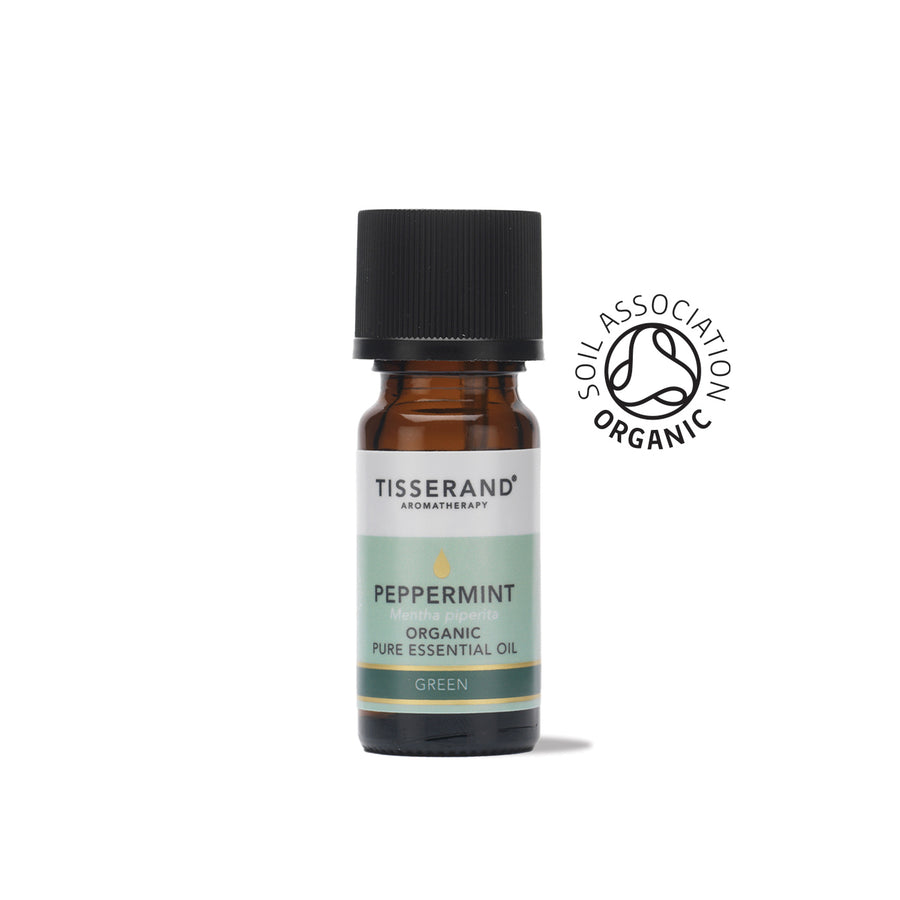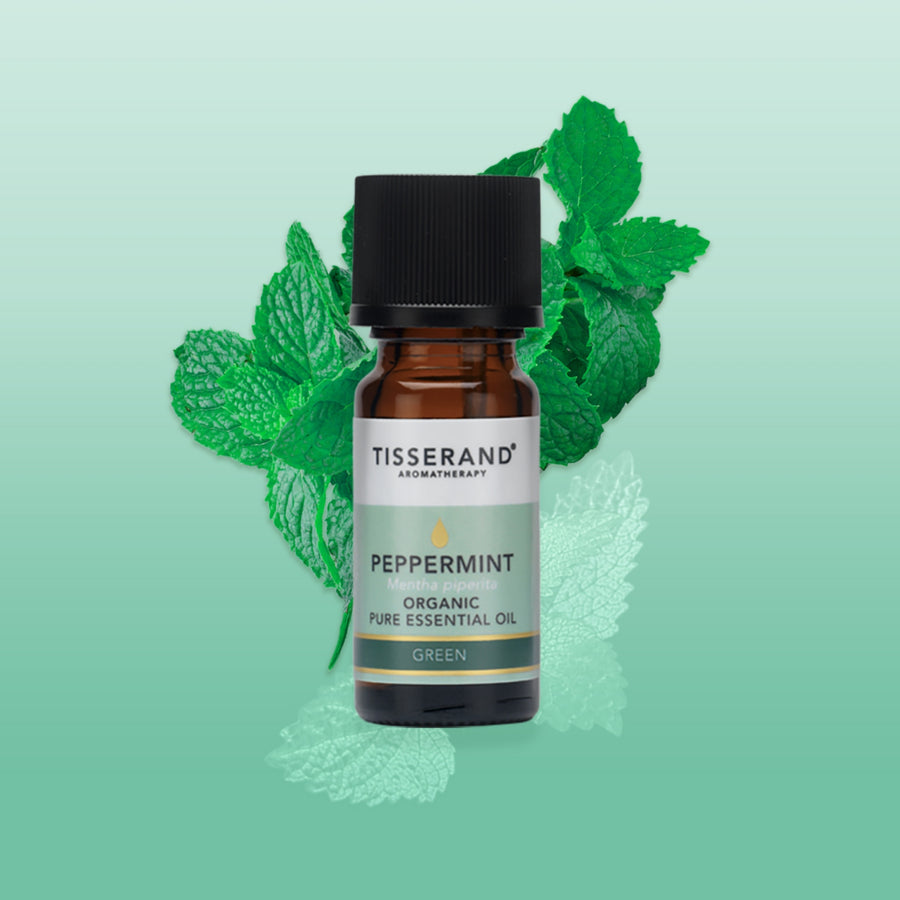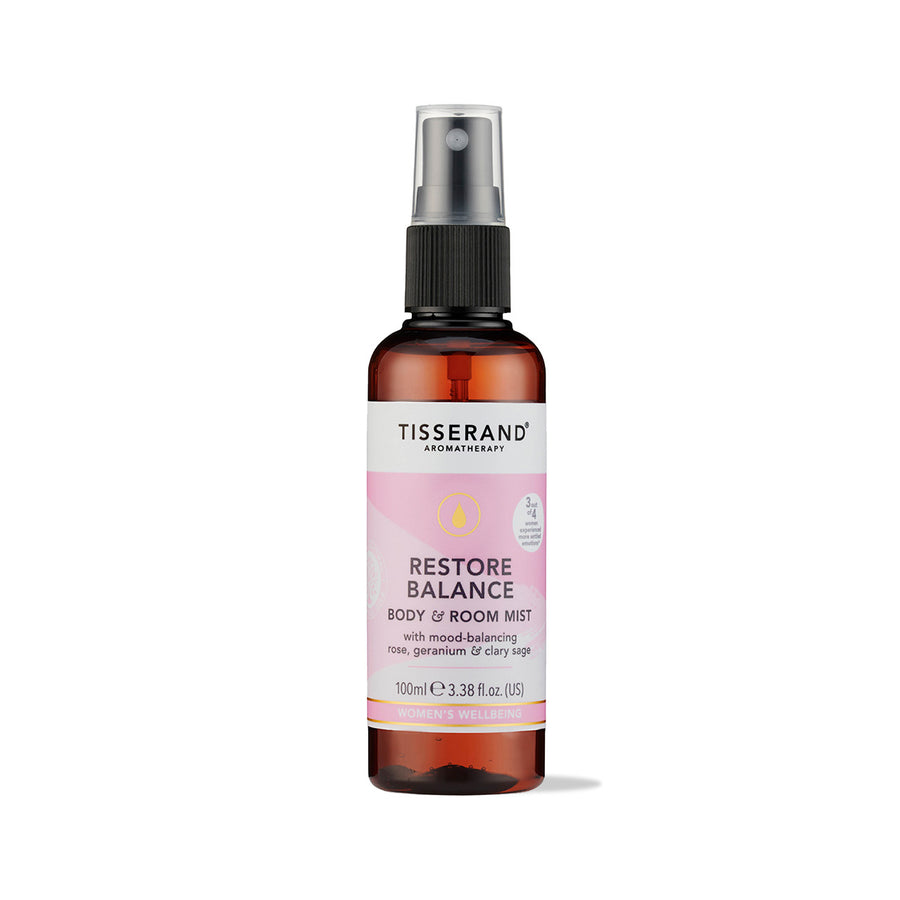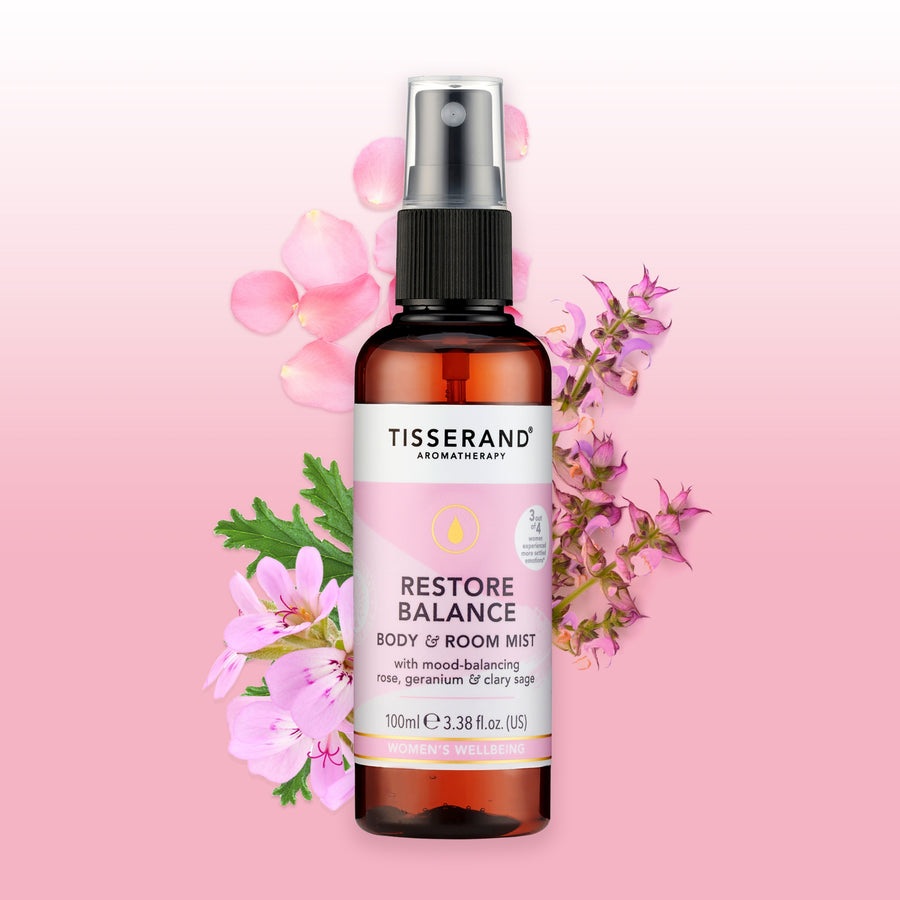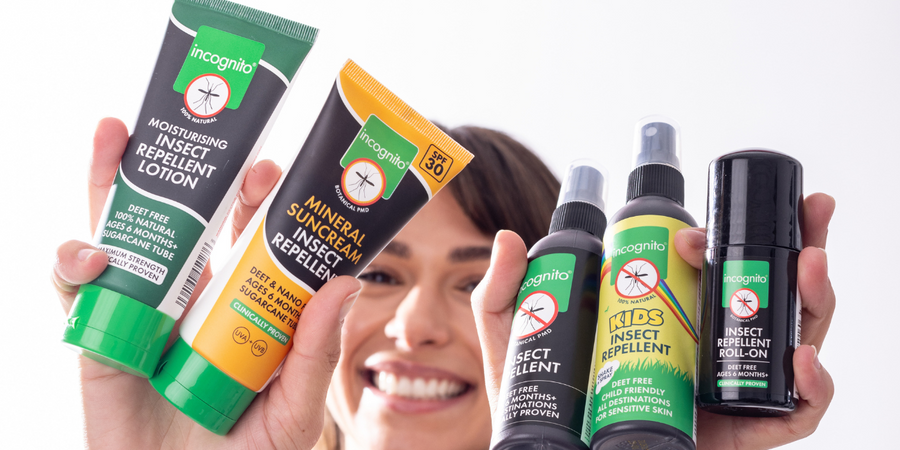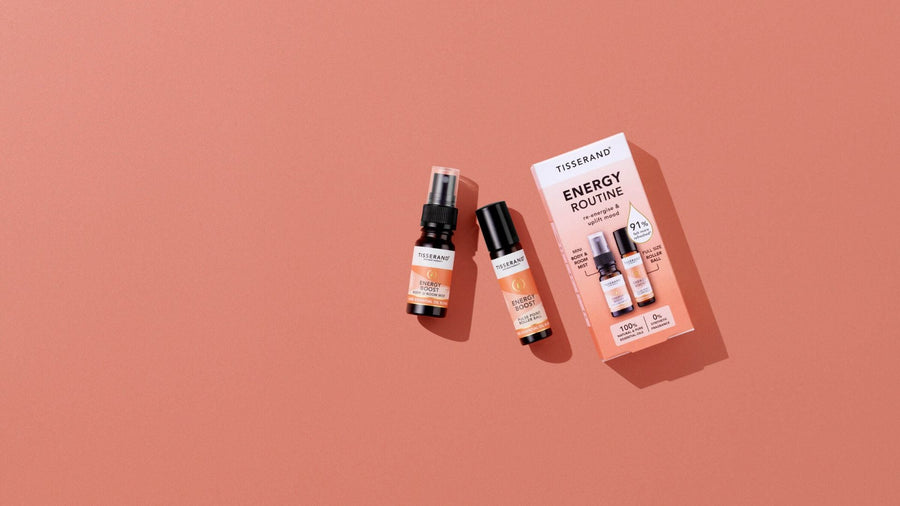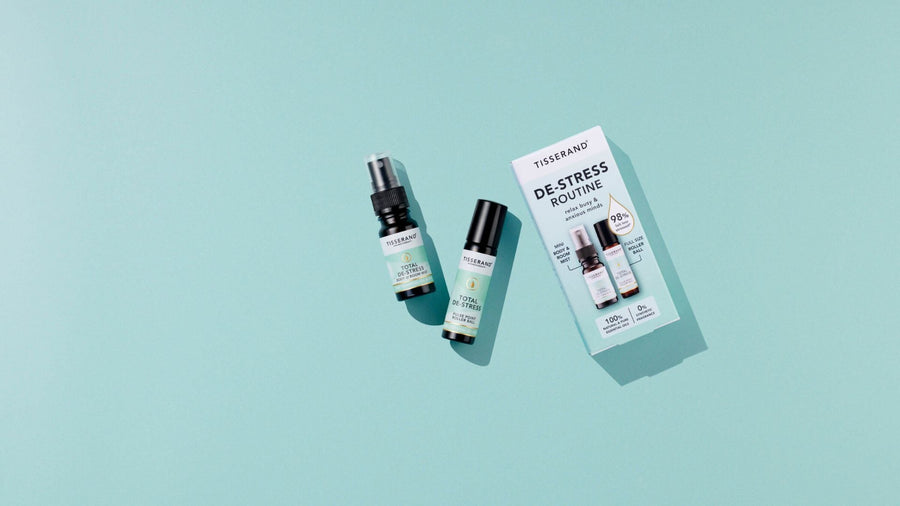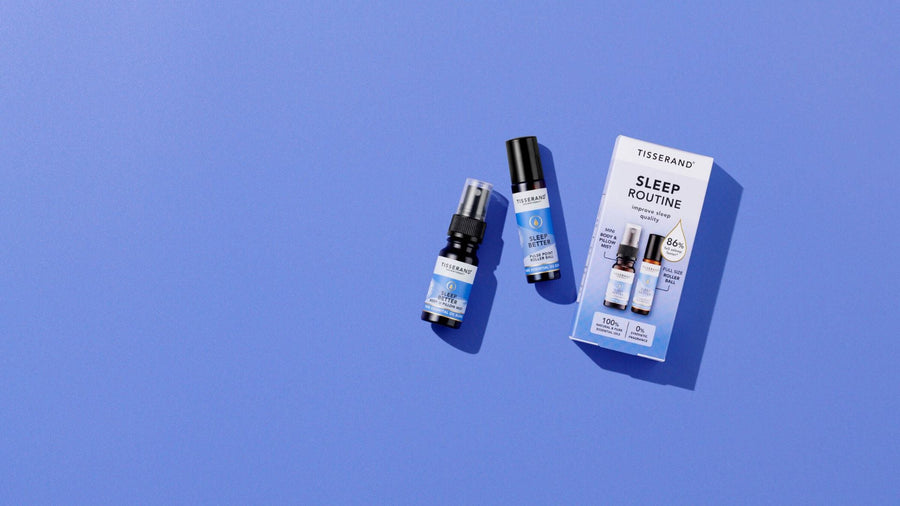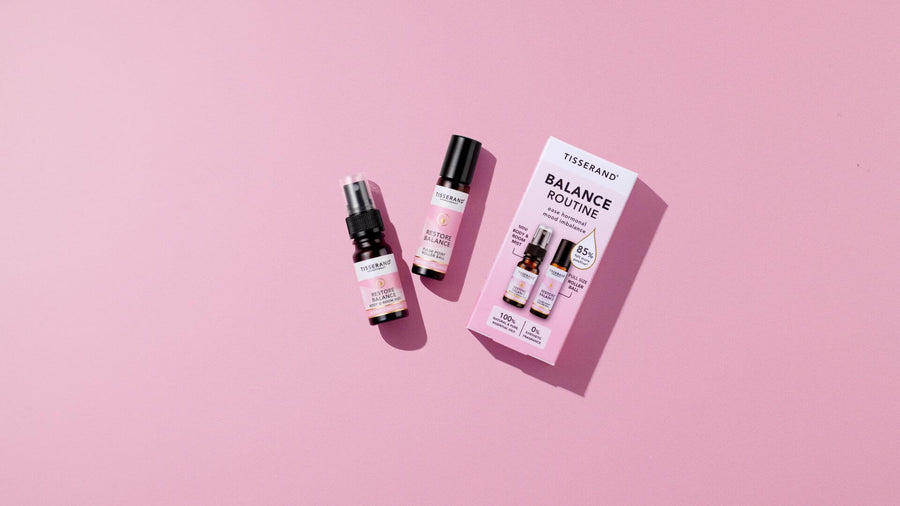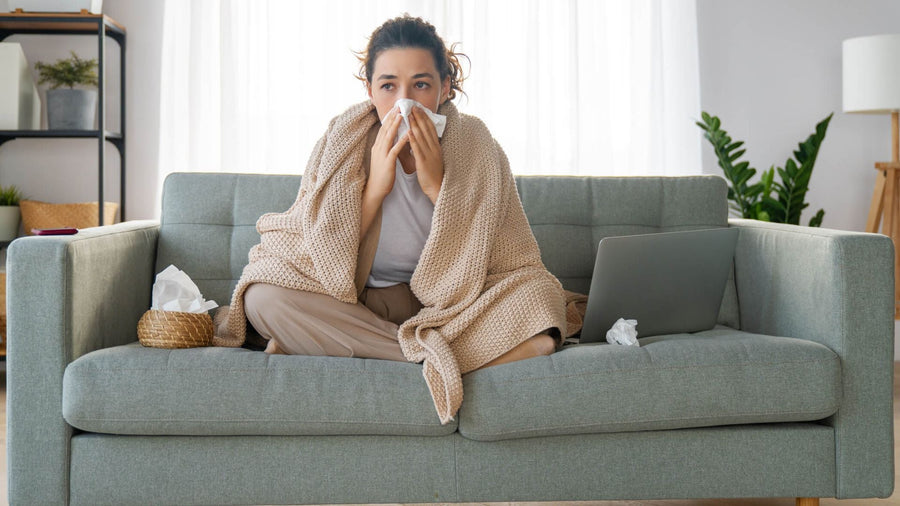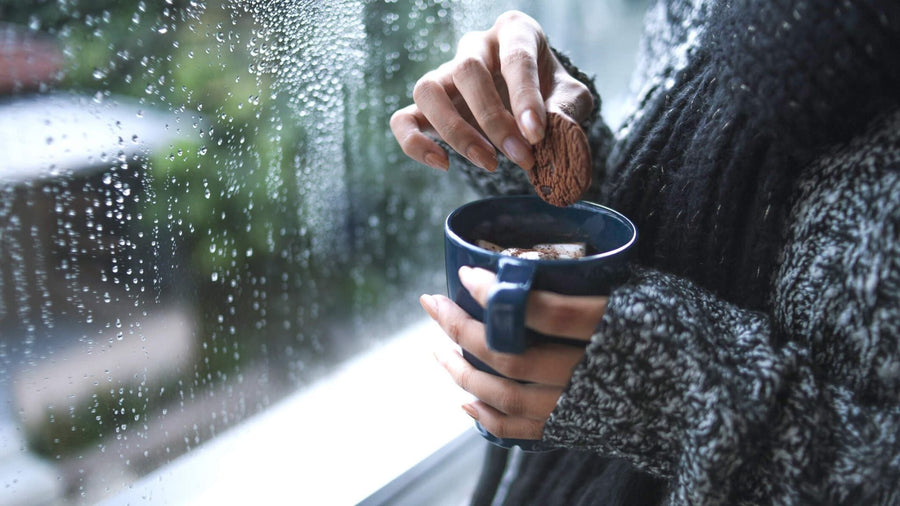Home > All Blog Articles > Benefits and Uses of Lavender
Benefits and Uses of Lavender
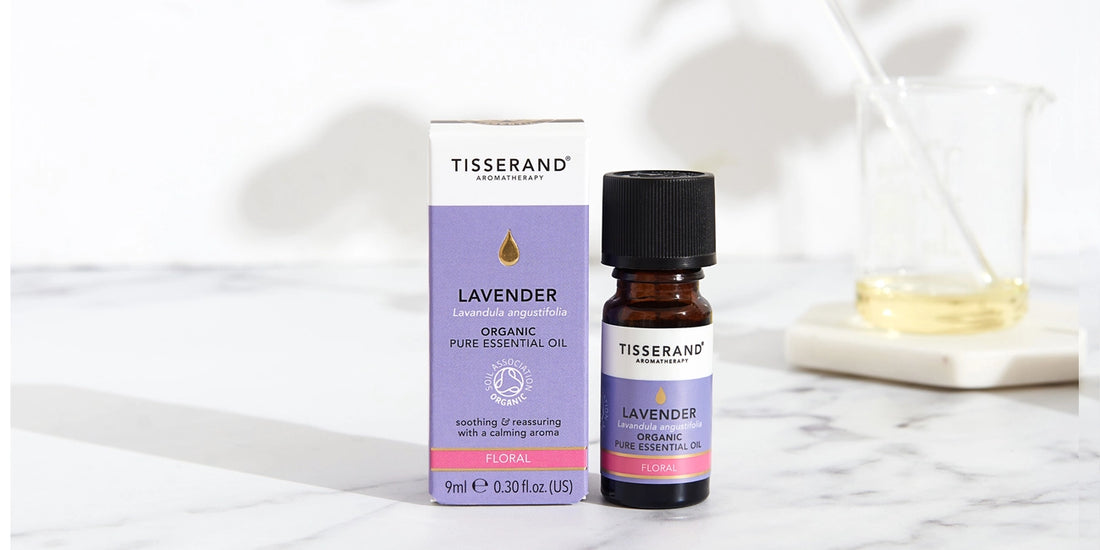
Lavender is probably the most famous of the essential oils used in Aromatherapy. Its appearance and aroma are very recognisable. Lavender is an evergreen shrub with grey/green leaves and wonderful long stems with purple ‘nut-like’ shaped flowers. The essential oil is present in the tiny star-shaped trichomes (plant hairs) that cover the flowers, leaves and stems; This is why it’s so easy to smell a lavender plant just by touching it.
There are, however, over 40 different varieties of lavender. The most commonly used lavender is Lavandula angustifolia, which has a synonym of Lavandula officinalis. It’s always important to know which Lavender you are using. This is signified by the Botanical/Latin name, as some have different properties and even some cautions assigned to them. This blog is all about Lavandula angustifolia and how you can use it.
Its aroma is intensely floral with a fresh medicinal note. Lavender is steam-distilled from the flowering tops of the plant.
· Skin Tonic
· Sedative
· Emotionally Balancing
· Reduces mild aches and pains
The answer is a resounding YES! Considered one of the safest essential oils Lavender can be used on, and for most skin types. Amongst its therapeutic properties lavender is anti-microbial, anti-fugal and antiseptic. Its chemical composition also has components that are considered to be cicatrisant which means ‘skin healing’. Making it an ideal choice for overall skin care. We do not advocate the use of any essential oil neat on the skin so please, as always, dilute it in a blending/vegetable oil before applying to the skin.
To 20 ml of jojoba blending oil add the following:
2 drops of Lavender Lavandula angustifolia
1 drop of Neroli Citrus aurantium
1 drop of Frankincense Boswellia carterii
Apply after your normal cleansing routine. Take your time to massage the blend slowly and gently over the face, inhaling the aromas as you work the blend into your skin. This amount should last several applications.
Lavender is one of the most researched essential oils, and it has been studied in many trials to ascertain its efficacy in aiding sleep. Results from countless surveys state that many of us report poor sleep.
In a critical review of clinical evidence of the efficacy of lavender in sleep disorders, it was reported that this critical review provides promising evidence of the efficacy of lavender for sleep disorders in a wide variety of populations and diseases. https://pubmed.ncbi.nlm.nih.gov/35412693/
Lavender is a key ingredient in Sleep Better, but you can always try your own blend. Here is one for you to try!
Add the following drops to your AromaSpa diffuser at least 20 mins before retiring to bed to allow the aromas to fill your bedroom. Turn off the diffuser as you turn out the lights.
3 drops of Lavender Lavandula angustifolia
3 drops of Bergamot Citrus bergamia
2 drops of Chamomile Roman Anthemis nobilis
Lavender, as we know, is a soothing, comforting essential oil, and has the ability to calm fraught emotions and bring a sense of calm. Why not try using your Lavender in a bath blend before bed. This is a wonderful blend to help you relax after a stressful day, it will encourage a good night’s sleep and leave your skin feeling moisturised.
To 20ml of blending oil add the following drops:
2 drops of Lavender Lavandula angustifolia
1 drop of Vetiver Vetiveria zizanoides
3 drops of Mandarin Citrus reticulata
Run your bath to the desired temperature and depth, add 2-3 teaspoons of your blend, stir the water before getting in, lie back and inhale the sumptuous aromas. Always take care getting in and out of the bath if you have used an oil, as it will make the surface slippery.
What does Lavender blend well with?
Lavender blends well with so many other essential oils; it is a very versatile essential oil and will bring a soft floral note to any blend you add it to. You could try it with Sandalwood or Frankincense for a calming effect or add it with other florals, like Clary Sage or Neroli for a luxurious floral blend. Or try it with any of the Citrus family where it will add a soft note, complementing their vibrant fresh notes!
What is the history of Lavender?
Lavender comes from the word ‘lavare’, meaning to wash and was used throughout ancient Europe to scent bathing water. It was often used as a ‘strewing herb’. That is when a plant is placed on the floor around the home. As the plant is walked on, it releases its aroma. It was often used in a ‘nosegay’, a bundle of aromatic plants tied into a posy so that you could lift it easily to your nose to disguise the not-so-pleasant smells around you. The Middle Ages were not that fragrant!
Grown across the world, Lavender originates from the Mediterranean growing wild in sunny dry areas. It belongs to the Lamiacea family where you will find most of the leafy herbs that have been commonly and traditionally used for herbal medicine or culinary purposes for centuries. All the plants from this family flower and are aromatic. They include Rosemary, Mint and Sage. Mostly grown throughout southern Europe, most famously in Grasse, France. But it also grown in Bulgaria and right here in the UK. There are farms that you can visit to see the amazing fields of Lavender in bloom during the summer months, a beautiful sight!
We are always delighted to hear about how you use your essential oils, so please make sure you tag us in your Instagram posts.
 About Jo Kellett
About Jo Kellett
Our essential oil expert, Jo Kellett TIDHA MIFPA CIMI, graduated from the Tisserand Institute of Holistic Aromatherapy in 1996. She returned to the college in 1999 as an Essential Oil Therapeutics Tutor, where she taught until the college closed. Jo runs a successful private Aromatherapy practice in Brighton, specialising in Women’s health. Jo is also an internationally published author and has lectured on the subject of Aromatherapy both in the UK and abroad.
For more information on Jo Kellett, check out her website or Instagram
There are, however, over 40 different varieties of lavender. The most commonly used lavender is Lavandula angustifolia, which has a synonym of Lavandula officinalis. It’s always important to know which Lavender you are using. This is signified by the Botanical/Latin name, as some have different properties and even some cautions assigned to them. This blog is all about Lavandula angustifolia and how you can use it.
Its aroma is intensely floral with a fresh medicinal note. Lavender is steam-distilled from the flowering tops of the plant.
But what are the health benefits of Lavender?
· Skin Tonic
· Sedative
· Emotionally Balancing
· Reduces mild aches and pains
Can I use Lavender for skin care?
The answer is a resounding YES! Considered one of the safest essential oils Lavender can be used on, and for most skin types. Amongst its therapeutic properties lavender is anti-microbial, anti-fugal and antiseptic. Its chemical composition also has components that are considered to be cicatrisant which means ‘skin healing’. Making it an ideal choice for overall skin care. We do not advocate the use of any essential oil neat on the skin so please, as always, dilute it in a blending/vegetable oil before applying to the skin.
Moisturising Face Oil Suitable for all skin types
To 20 ml of jojoba blending oil add the following:
2 drops of Lavender Lavandula angustifolia
1 drop of Neroli Citrus aurantium
1 drop of Frankincense Boswellia carterii
Apply after your normal cleansing routine. Take your time to massage the blend slowly and gently over the face, inhaling the aromas as you work the blend into your skin. This amount should last several applications.
Will Lavender help me sleep?
Lavender is one of the most researched essential oils, and it has been studied in many trials to ascertain its efficacy in aiding sleep. Results from countless surveys state that many of us report poor sleep.
In a critical review of clinical evidence of the efficacy of lavender in sleep disorders, it was reported that this critical review provides promising evidence of the efficacy of lavender for sleep disorders in a wide variety of populations and diseases. https://pubmed.ncbi.nlm.nih.gov/35412693/
Lavender is a key ingredient in Sleep Better, but you can always try your own blend. Here is one for you to try!
Bedtime Sleep Blend
Add the following drops to your AromaSpa diffuser at least 20 mins before retiring to bed to allow the aromas to fill your bedroom. Turn off the diffuser as you turn out the lights.
3 drops of Lavender Lavandula angustifolia
3 drops of Bergamot Citrus bergamia
2 drops of Chamomile Roman Anthemis nobilis
Can I use Lavender to ease emotional upset?
Lavender, as we know, is a soothing, comforting essential oil, and has the ability to calm fraught emotions and bring a sense of calm. Why not try using your Lavender in a bath blend before bed. This is a wonderful blend to help you relax after a stressful day, it will encourage a good night’s sleep and leave your skin feeling moisturised.
Soothing Bath Oil
To 20ml of blending oil add the following drops:
2 drops of Lavender Lavandula angustifolia
1 drop of Vetiver Vetiveria zizanoides
3 drops of Mandarin Citrus reticulata
Run your bath to the desired temperature and depth, add 2-3 teaspoons of your blend, stir the water before getting in, lie back and inhale the sumptuous aromas. Always take care getting in and out of the bath if you have used an oil, as it will make the surface slippery.
What does Lavender blend well with?
Lavender blends well with so many other essential oils; it is a very versatile essential oil and will bring a soft floral note to any blend you add it to. You could try it with Sandalwood or Frankincense for a calming effect or add it with other florals, like Clary Sage or Neroli for a luxurious floral blend. Or try it with any of the Citrus family where it will add a soft note, complementing their vibrant fresh notes!
What is the history of Lavender?
Lavender comes from the word ‘lavare’, meaning to wash and was used throughout ancient Europe to scent bathing water. It was often used as a ‘strewing herb’. That is when a plant is placed on the floor around the home. As the plant is walked on, it releases its aroma. It was often used in a ‘nosegay’, a bundle of aromatic plants tied into a posy so that you could lift it easily to your nose to disguise the not-so-pleasant smells around you. The Middle Ages were not that fragrant!
Grown across the world, Lavender originates from the Mediterranean growing wild in sunny dry areas. It belongs to the Lamiacea family where you will find most of the leafy herbs that have been commonly and traditionally used for herbal medicine or culinary purposes for centuries. All the plants from this family flower and are aromatic. They include Rosemary, Mint and Sage. Mostly grown throughout southern Europe, most famously in Grasse, France. But it also grown in Bulgaria and right here in the UK. There are farms that you can visit to see the amazing fields of Lavender in bloom during the summer months, a beautiful sight!
We are always delighted to hear about how you use your essential oils, so please make sure you tag us in your Instagram posts.
 About Jo Kellett
About Jo KellettOur essential oil expert, Jo Kellett TIDHA MIFPA CIMI, graduated from the Tisserand Institute of Holistic Aromatherapy in 1996. She returned to the college in 1999 as an Essential Oil Therapeutics Tutor, where she taught until the college closed. Jo runs a successful private Aromatherapy practice in Brighton, specialising in Women’s health. Jo is also an internationally published author and has lectured on the subject of Aromatherapy both in the UK and abroad.
For more information on Jo Kellett, check out her website or Instagram


